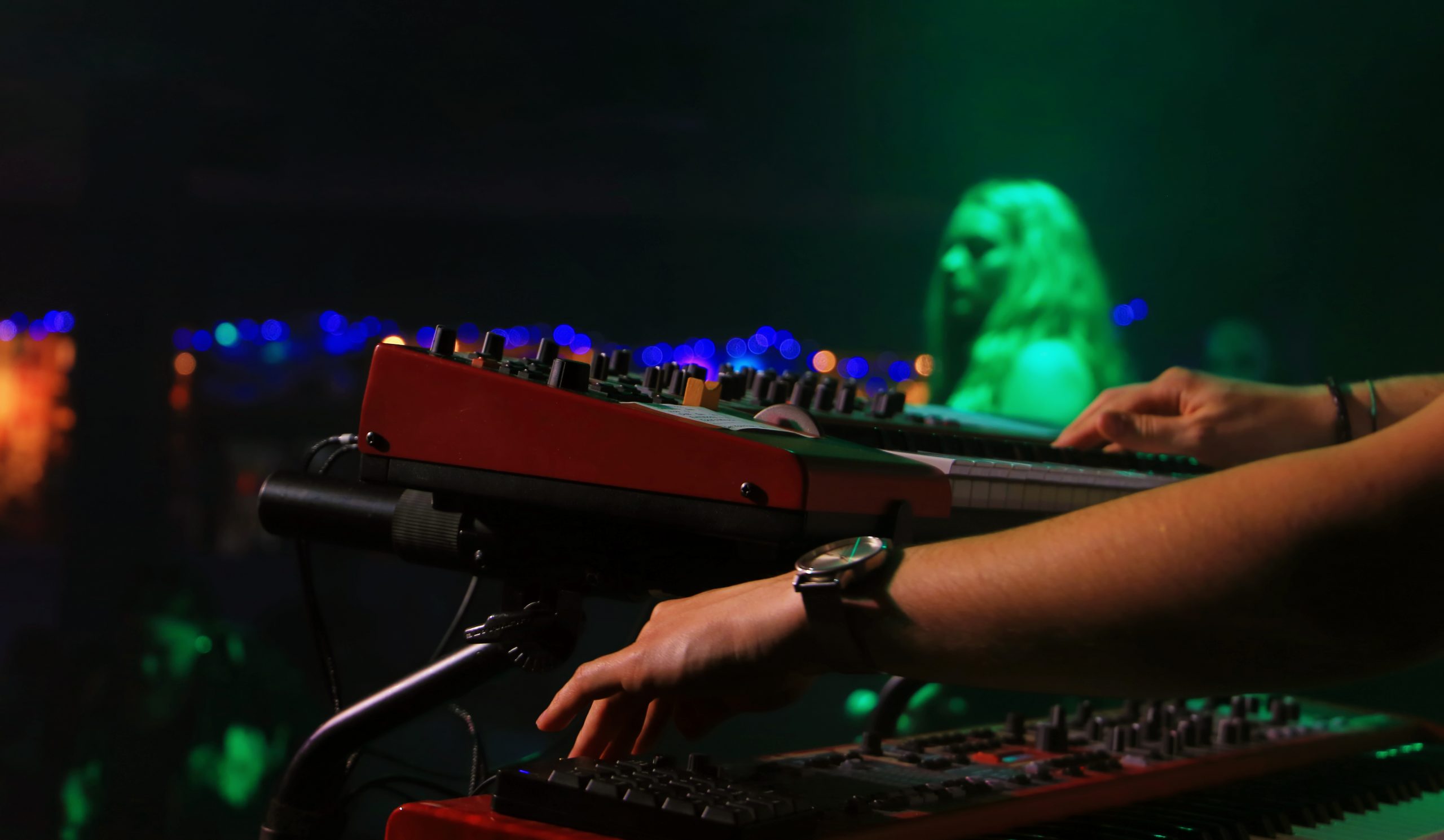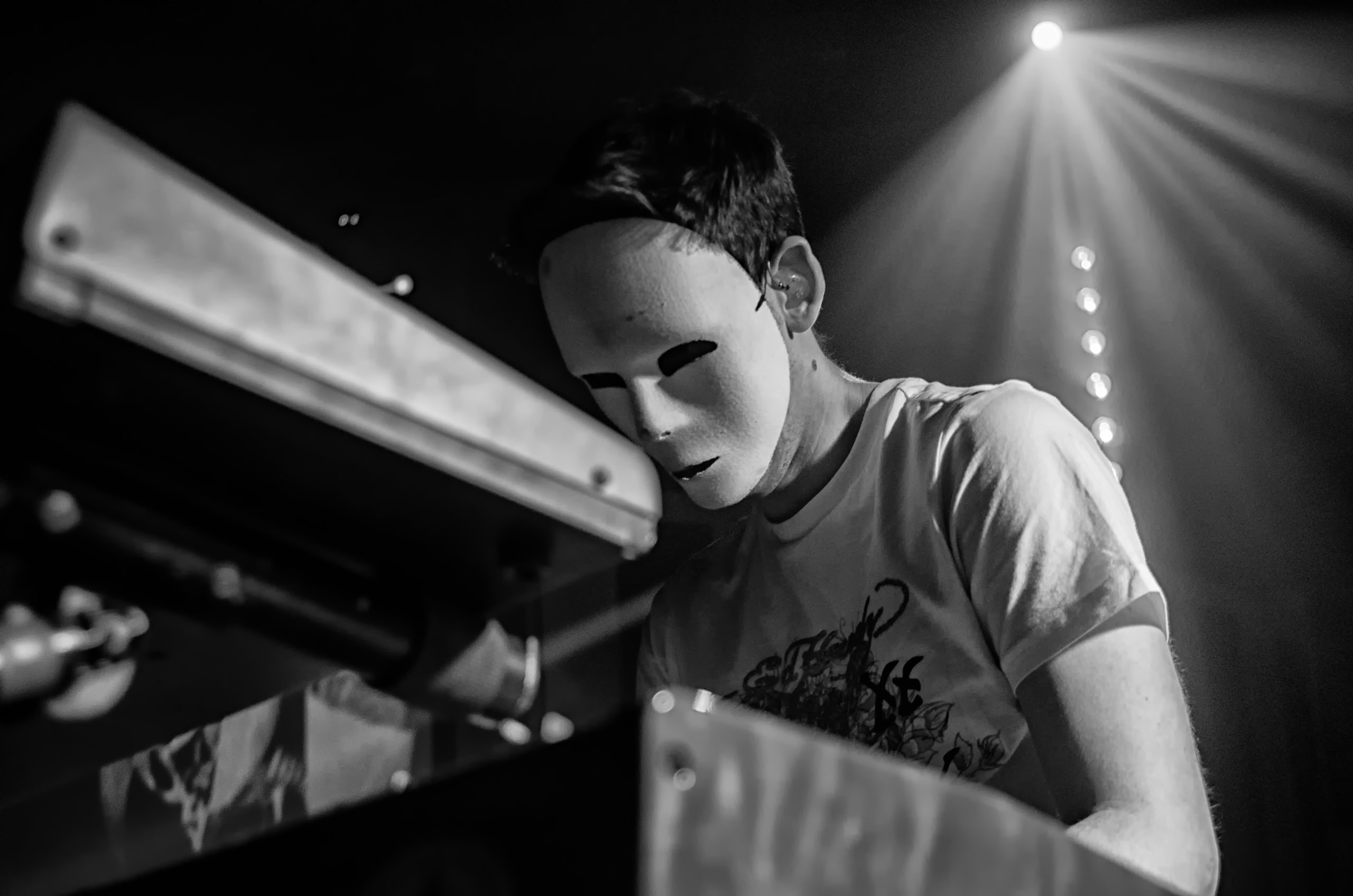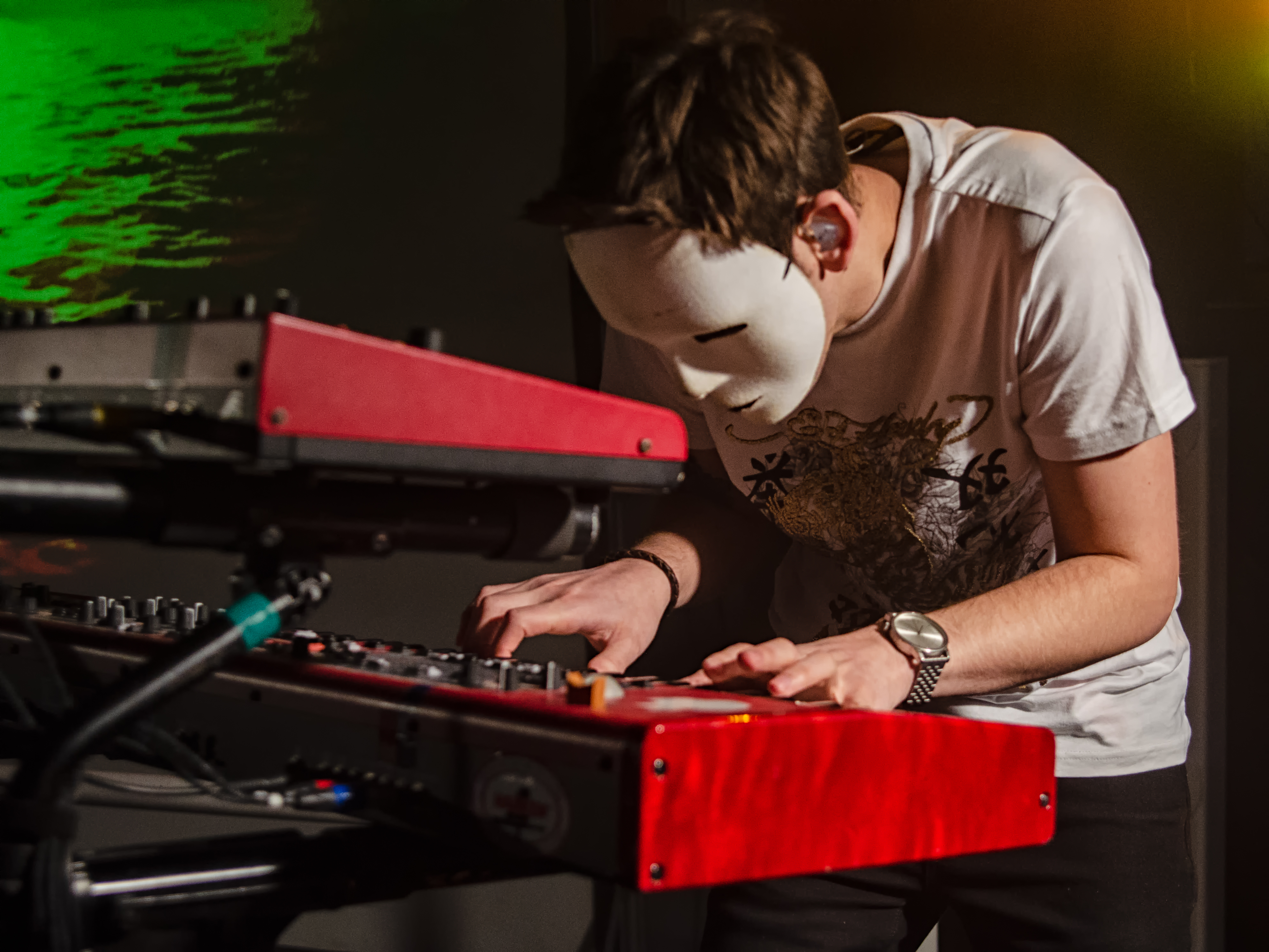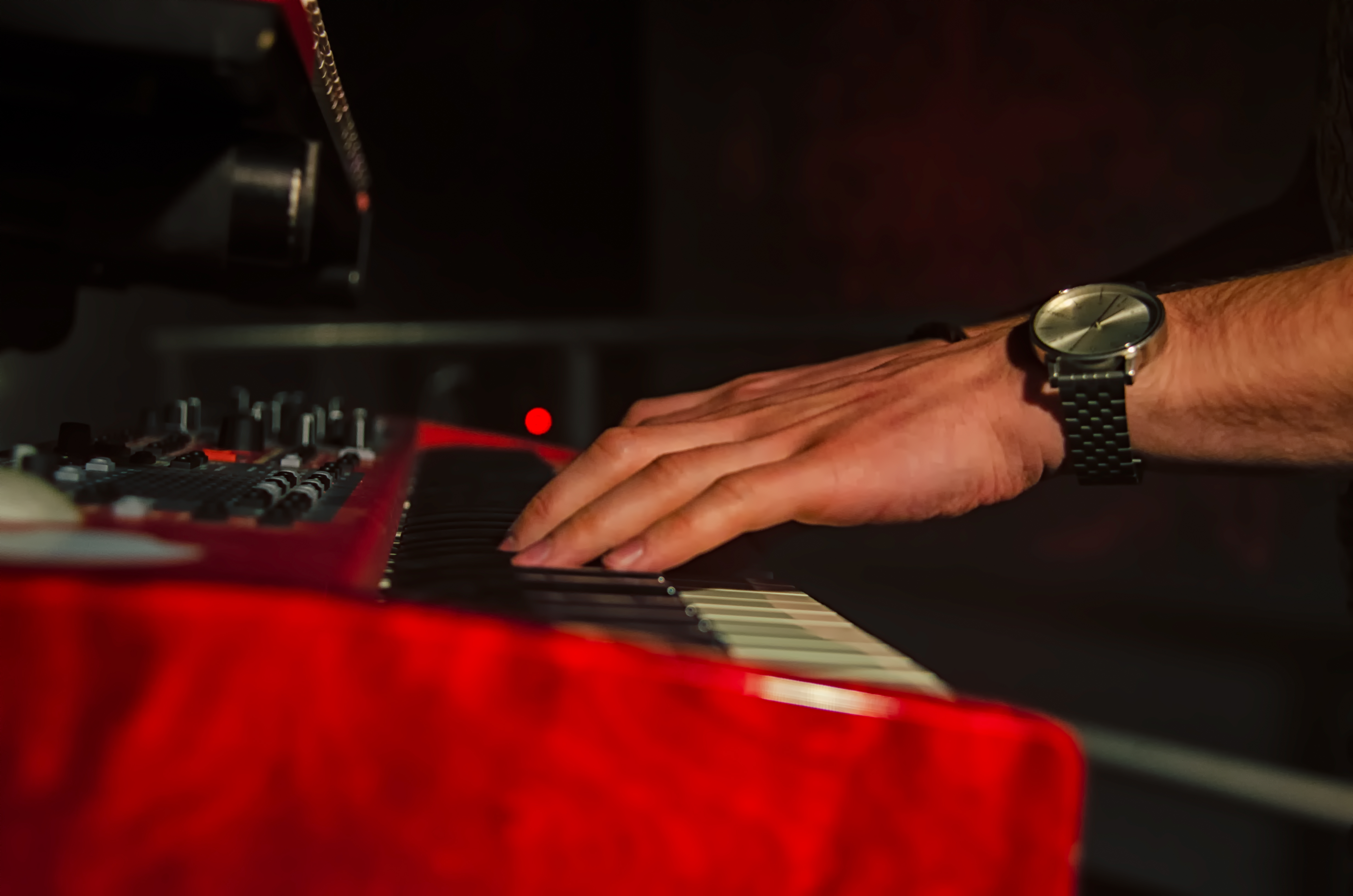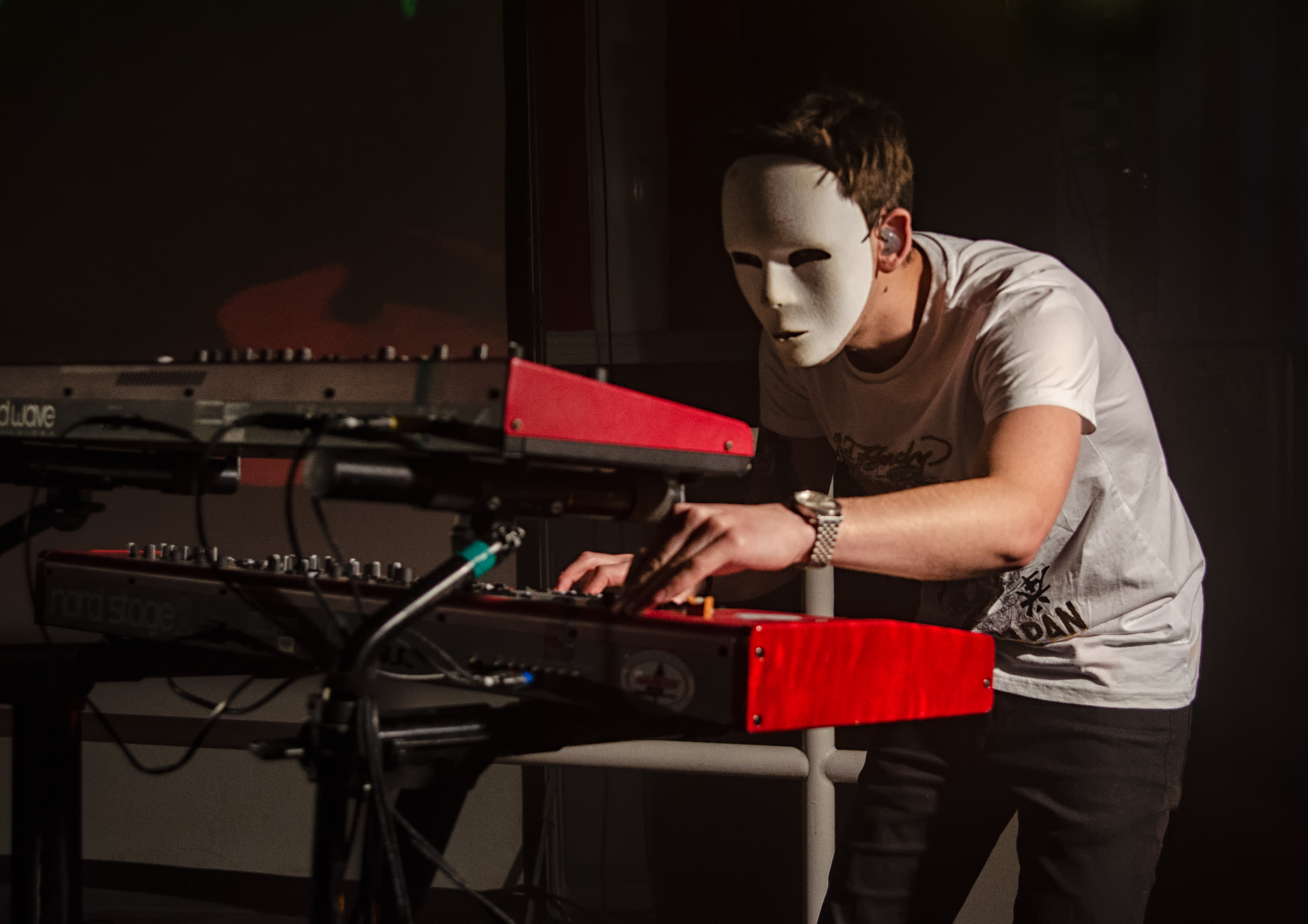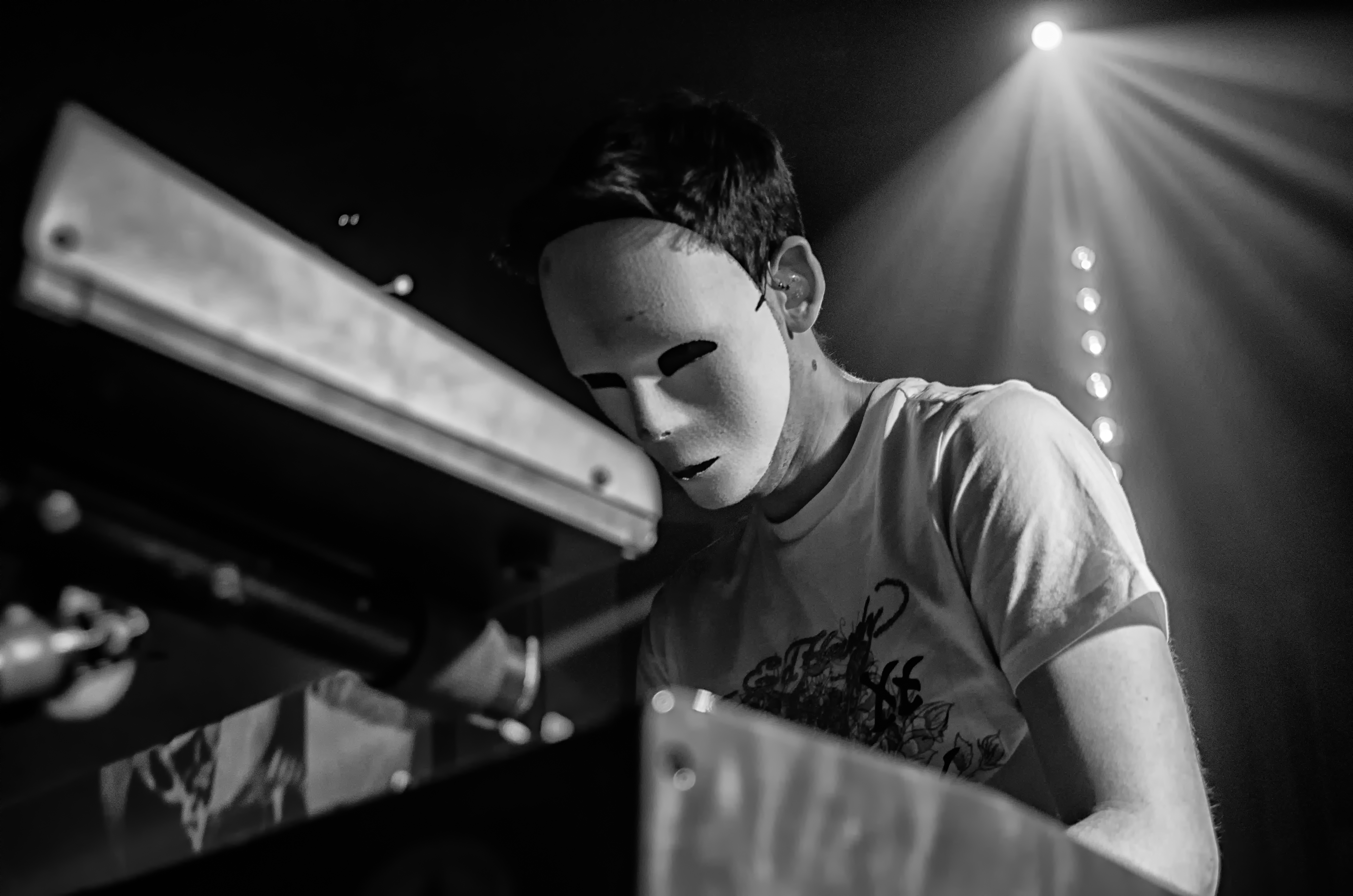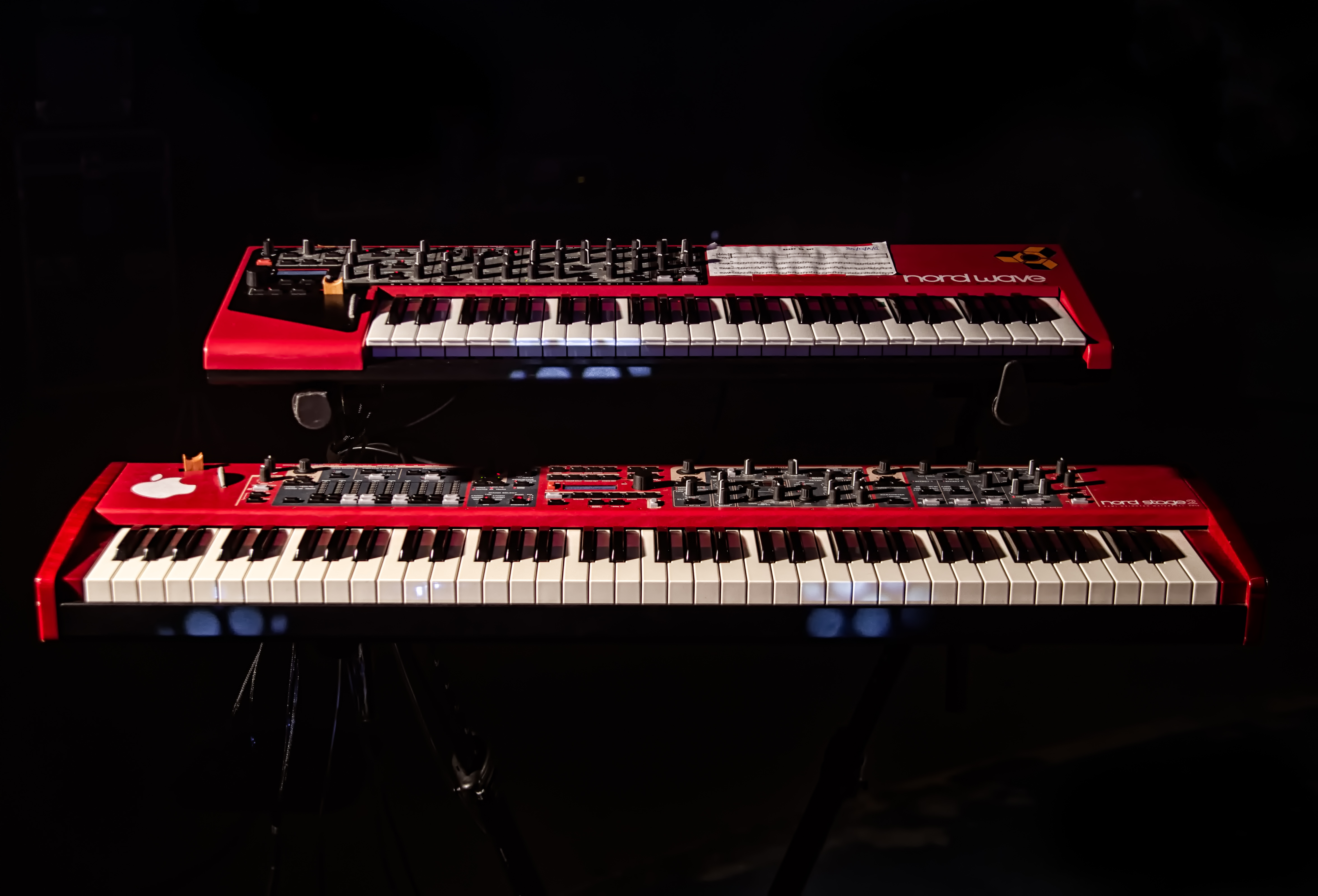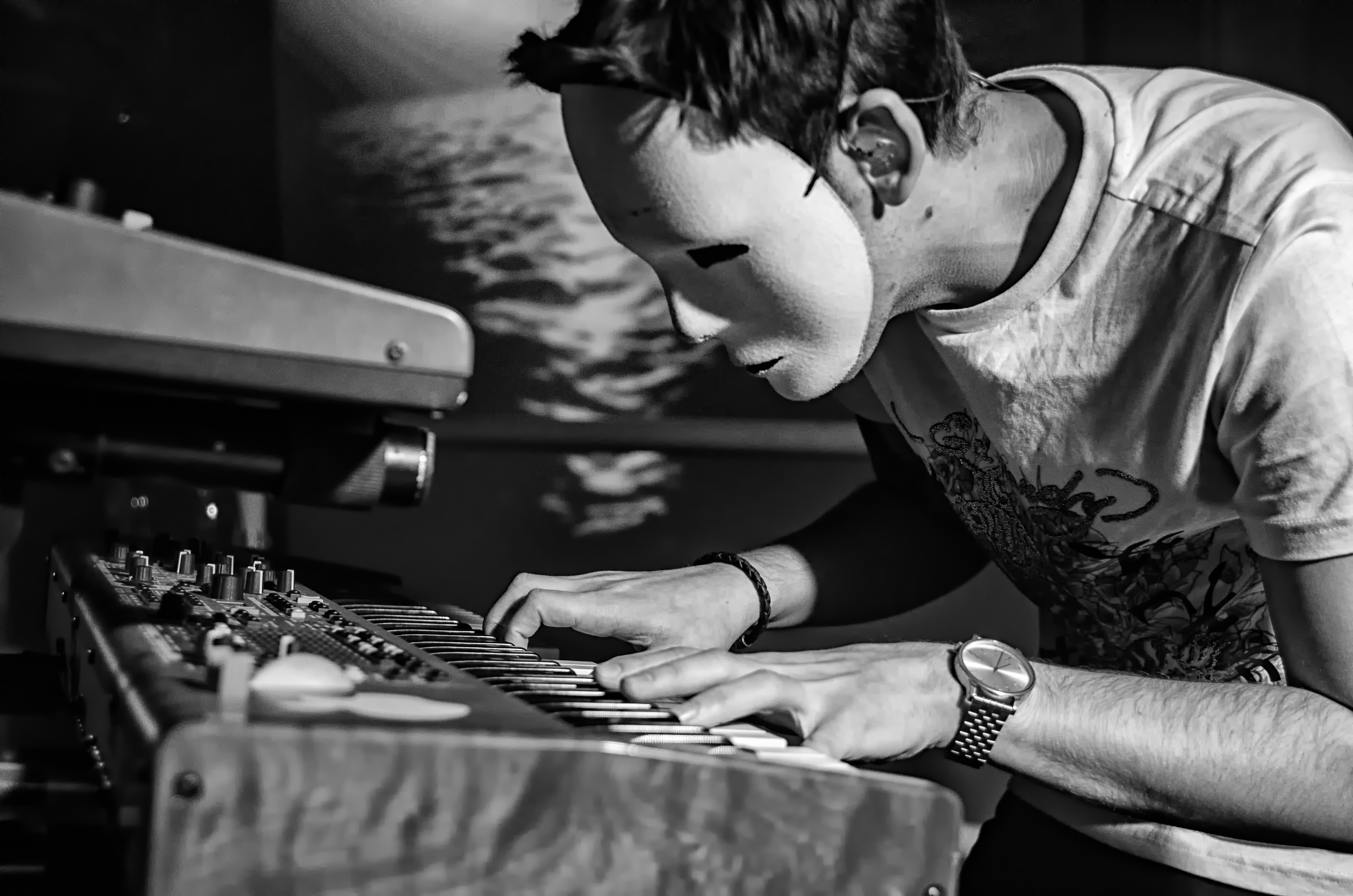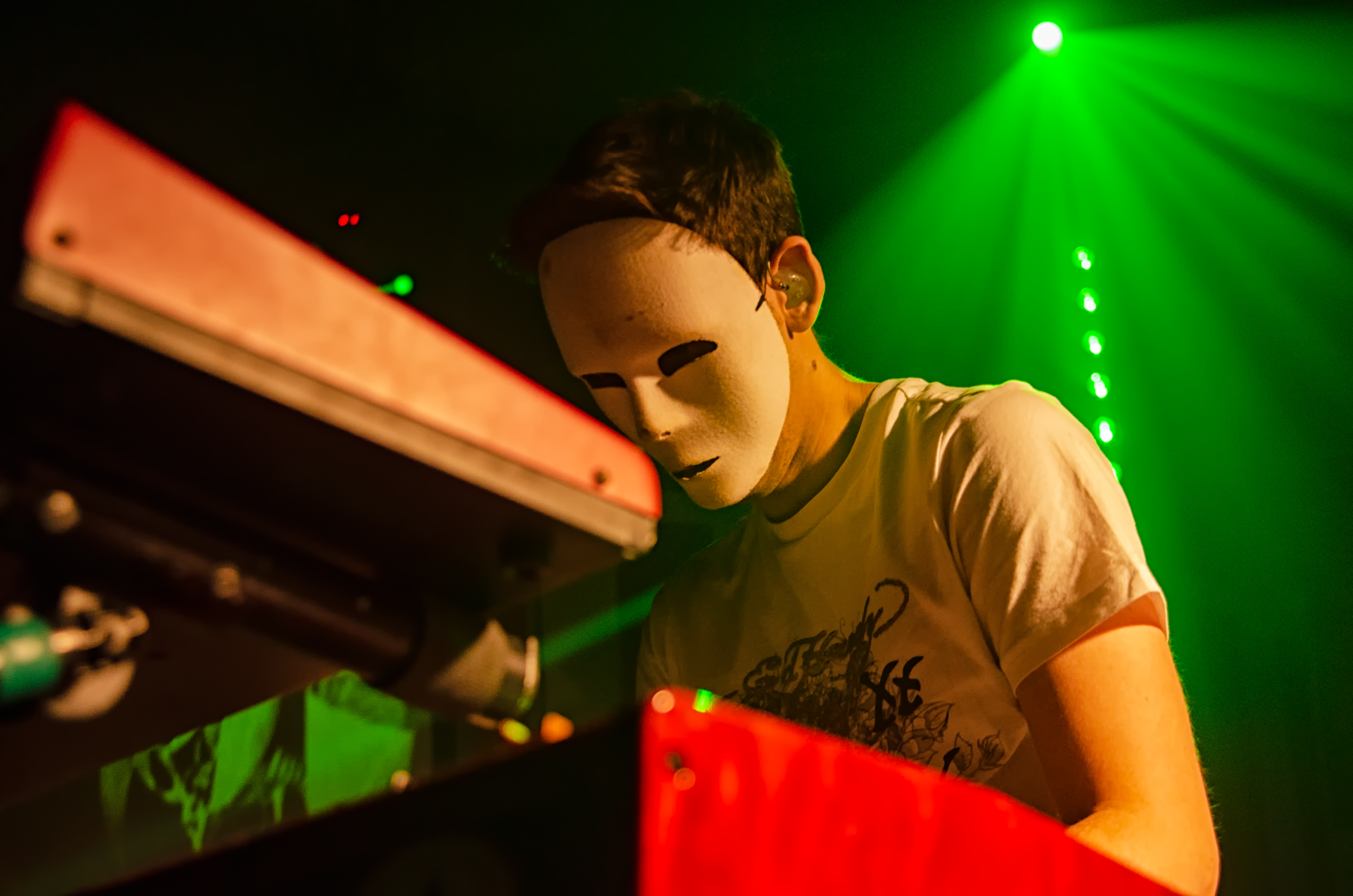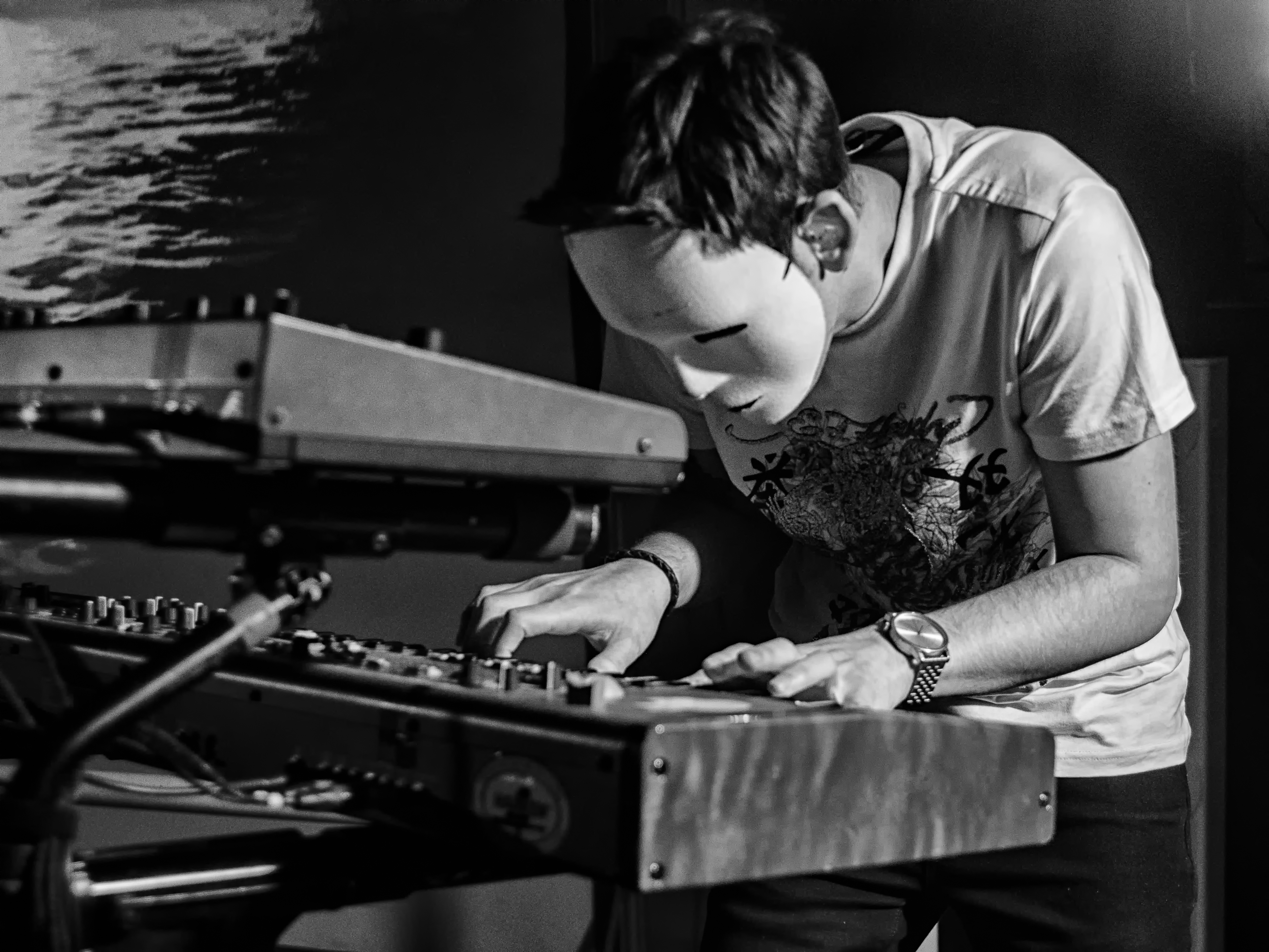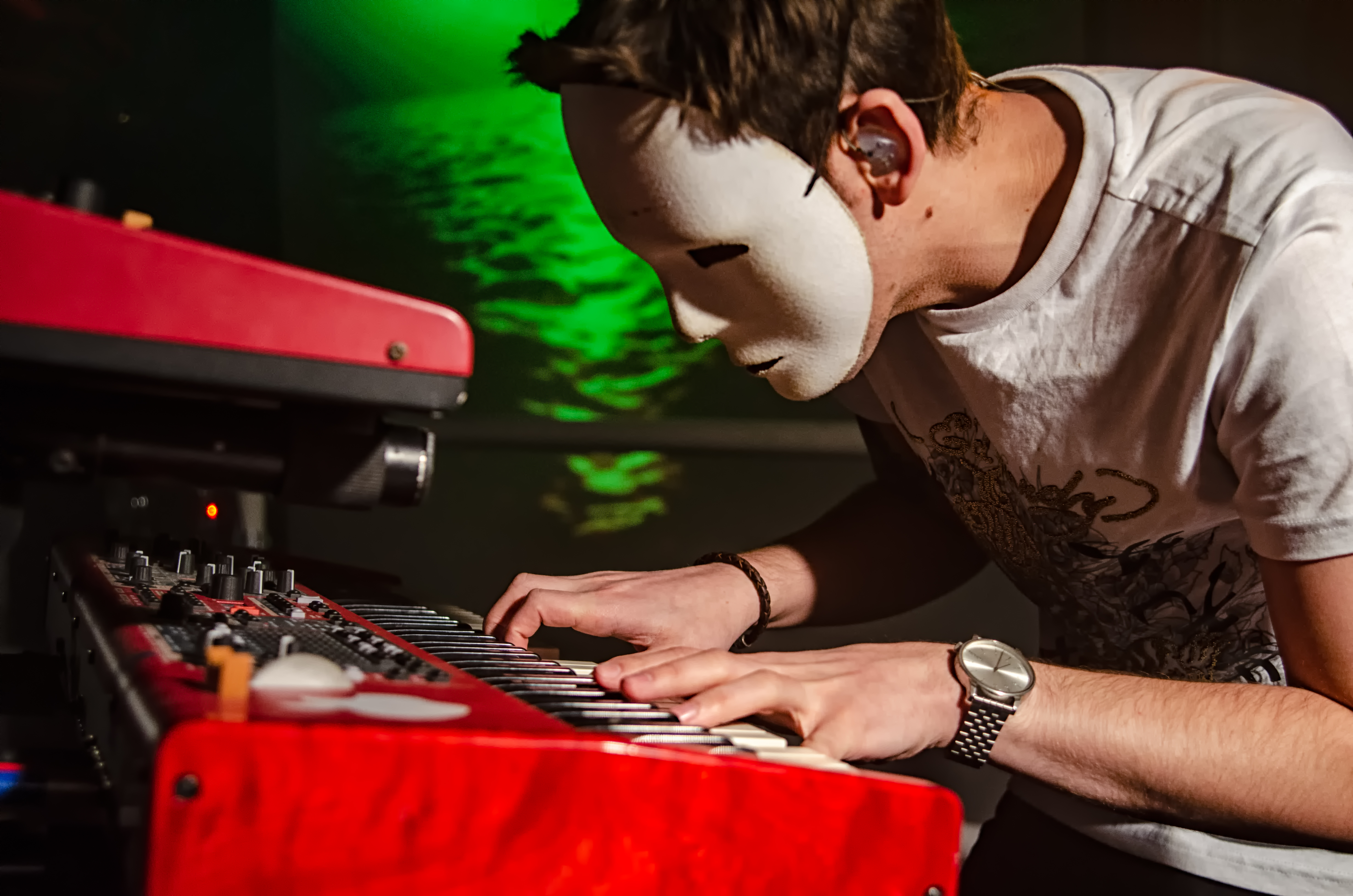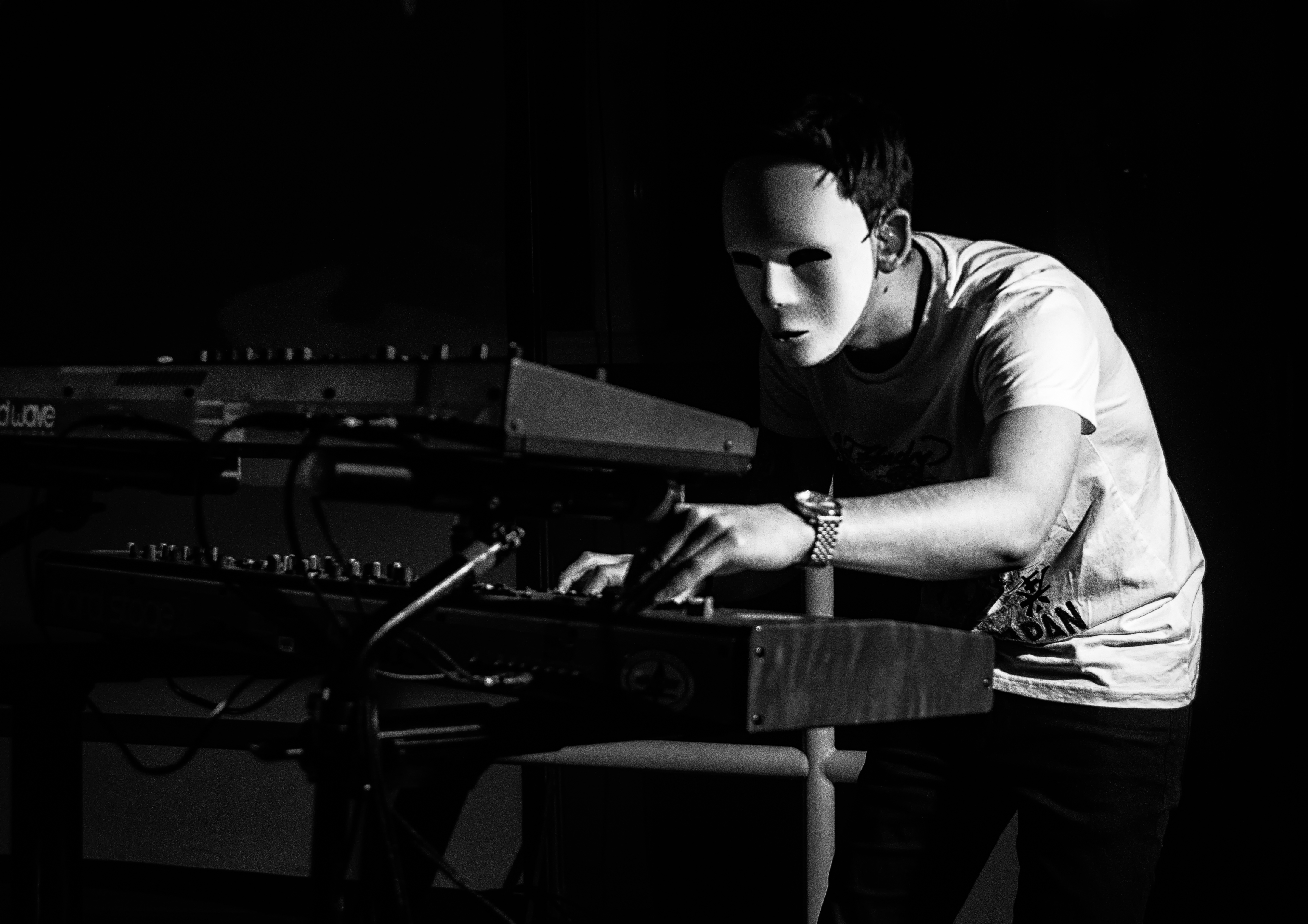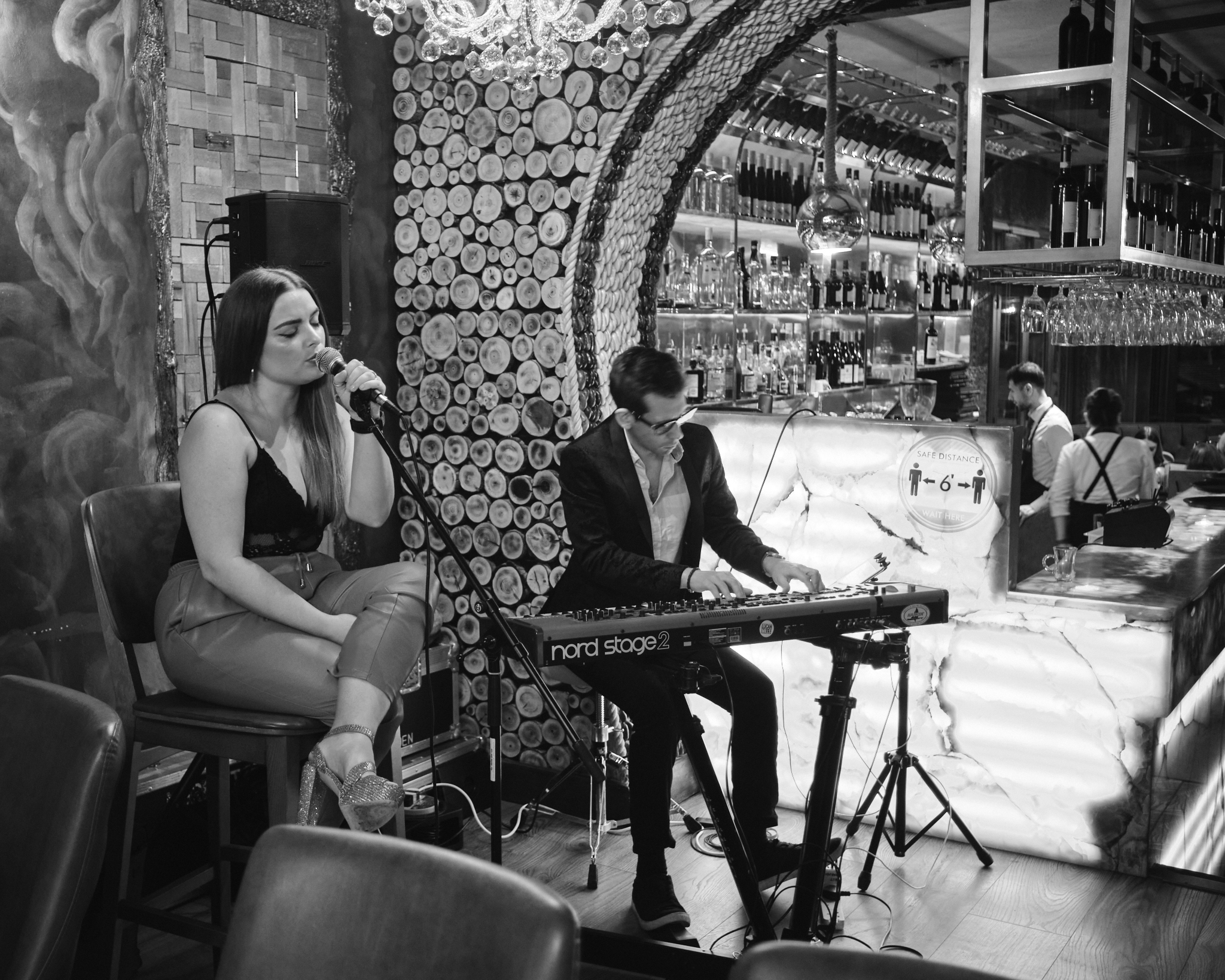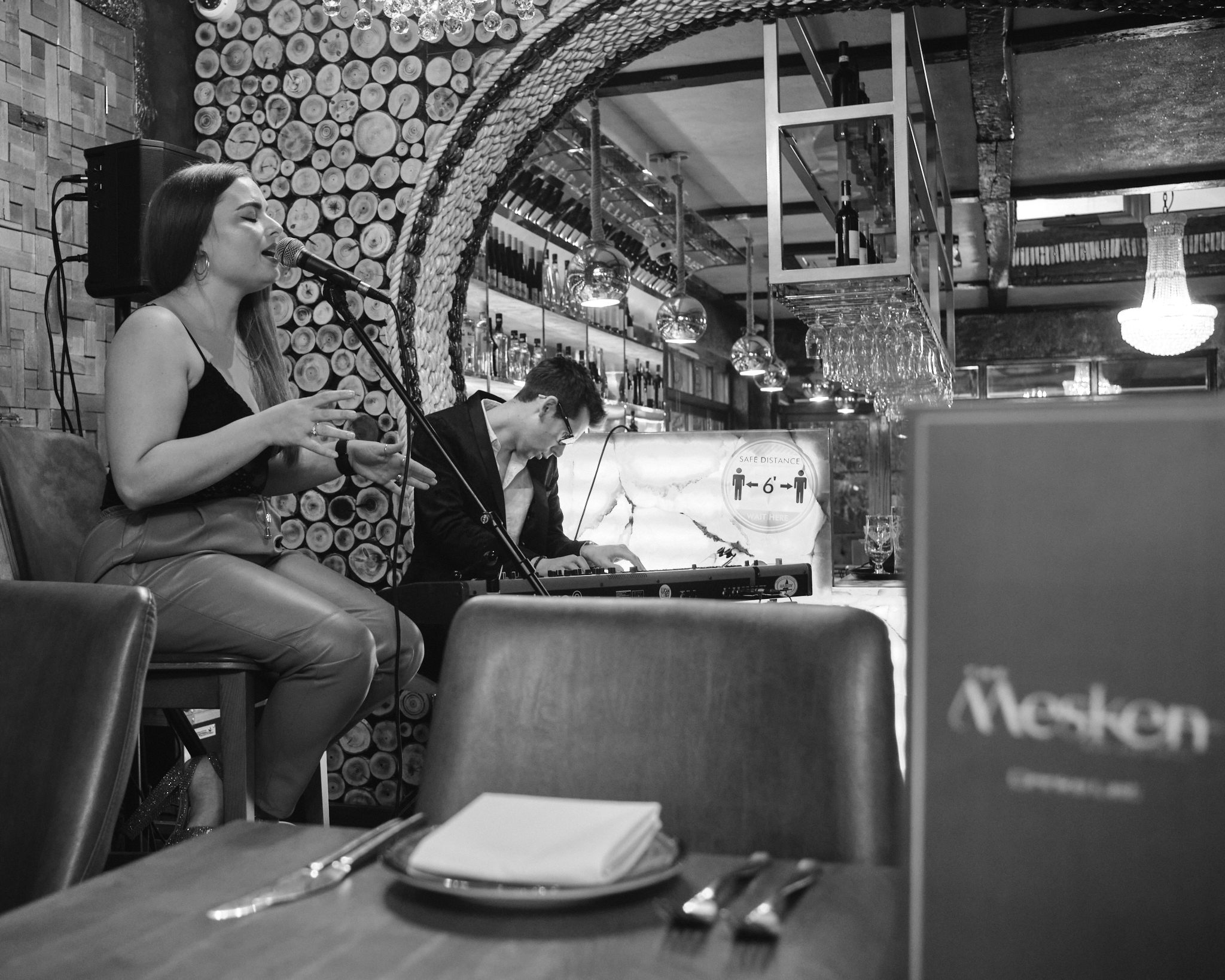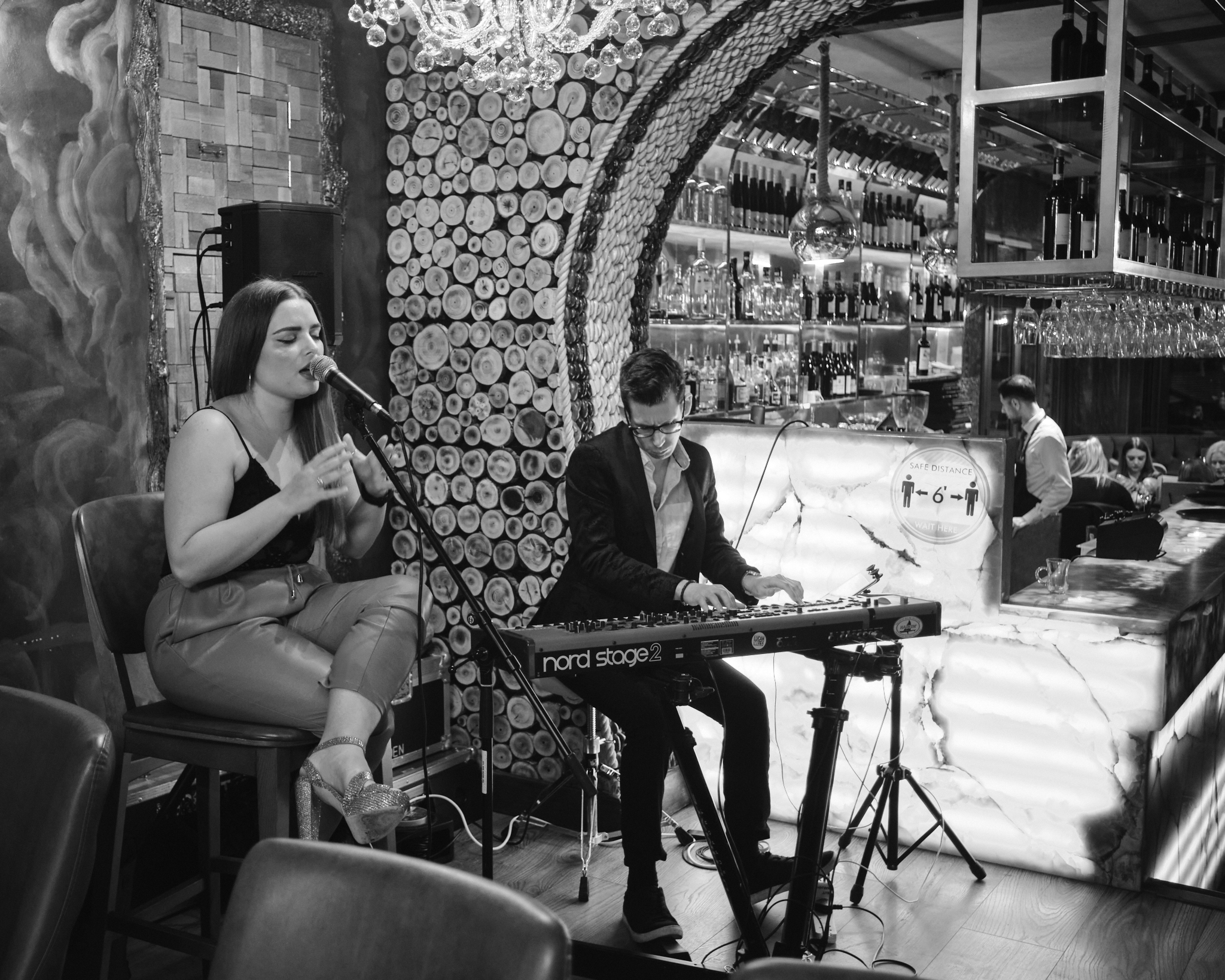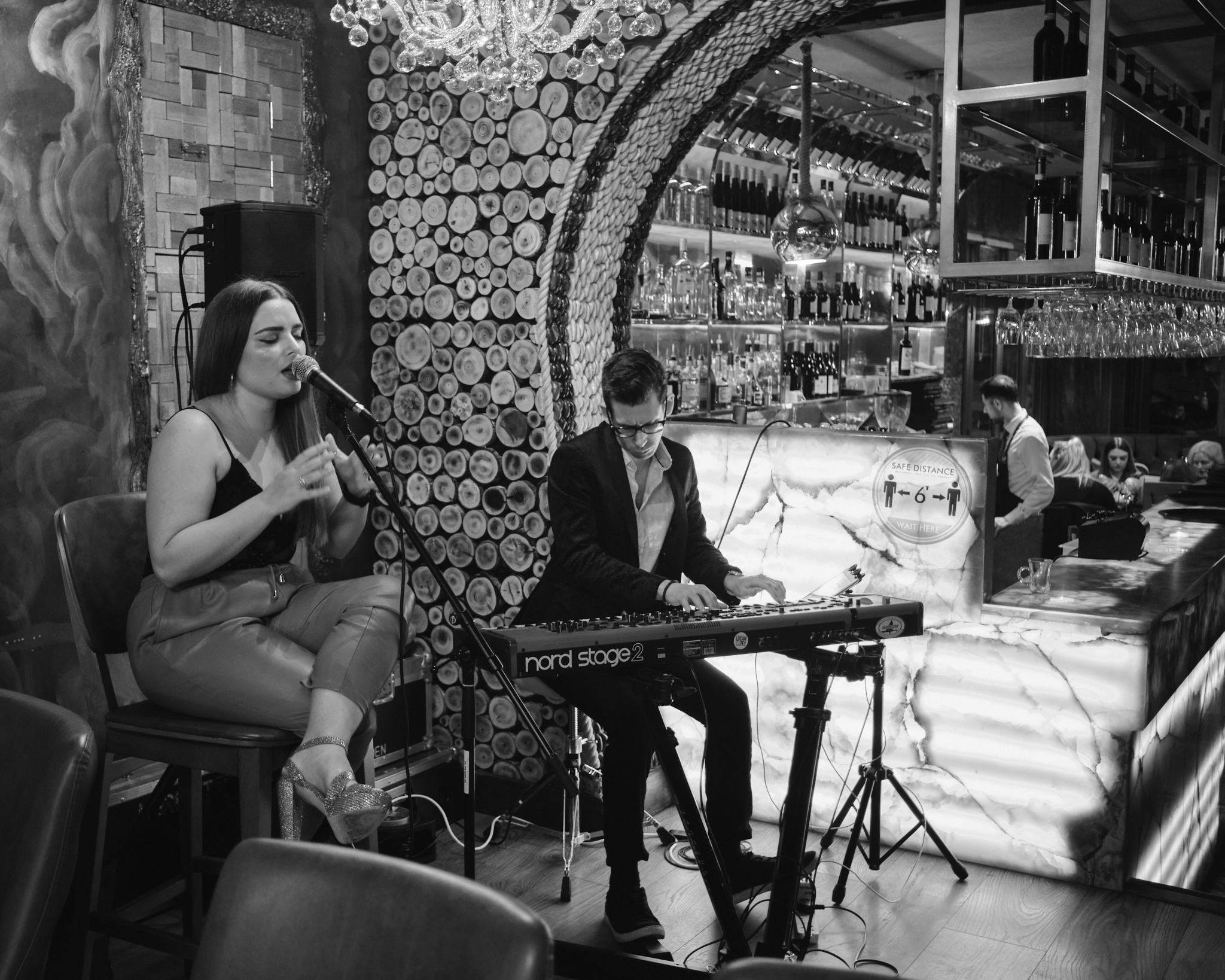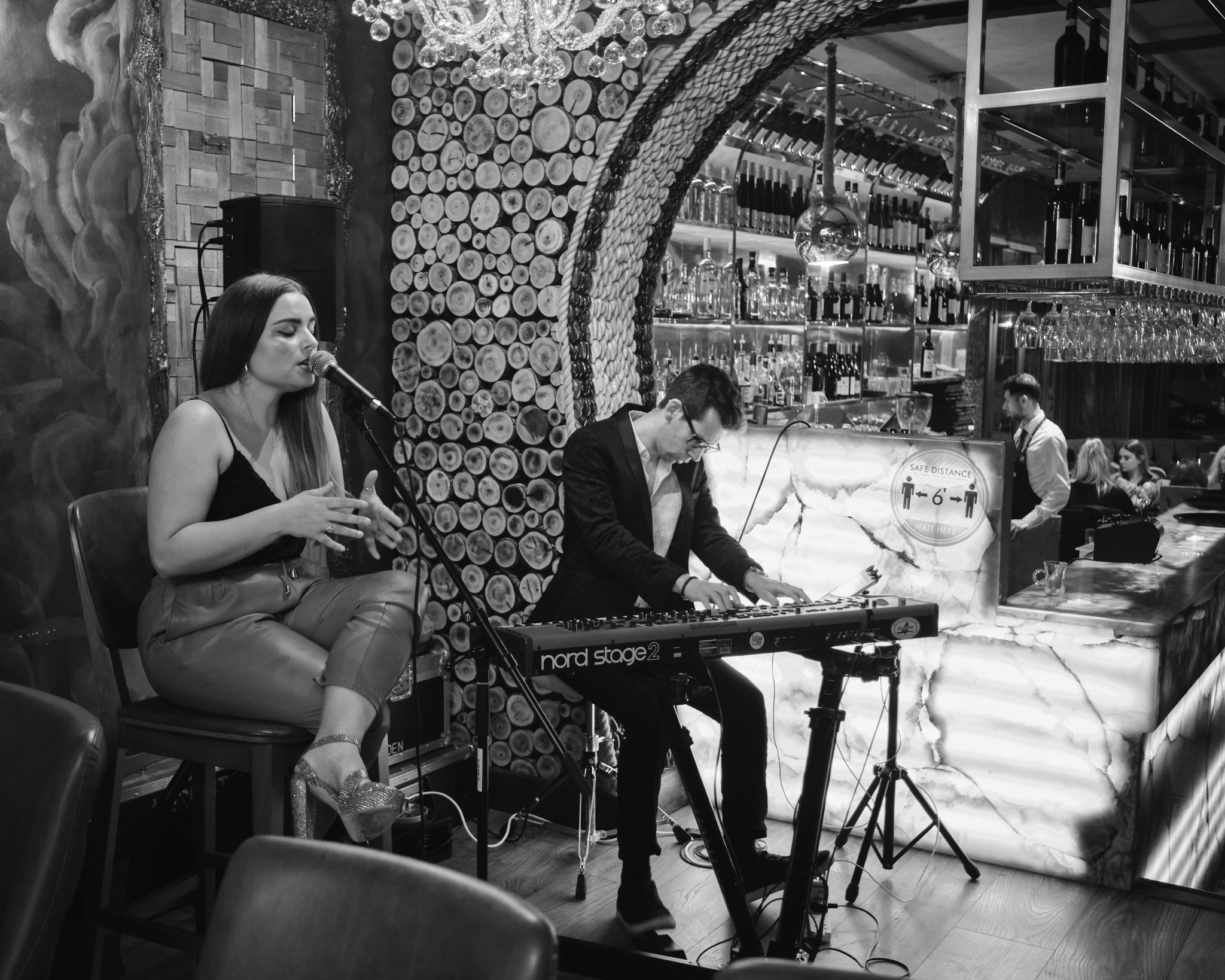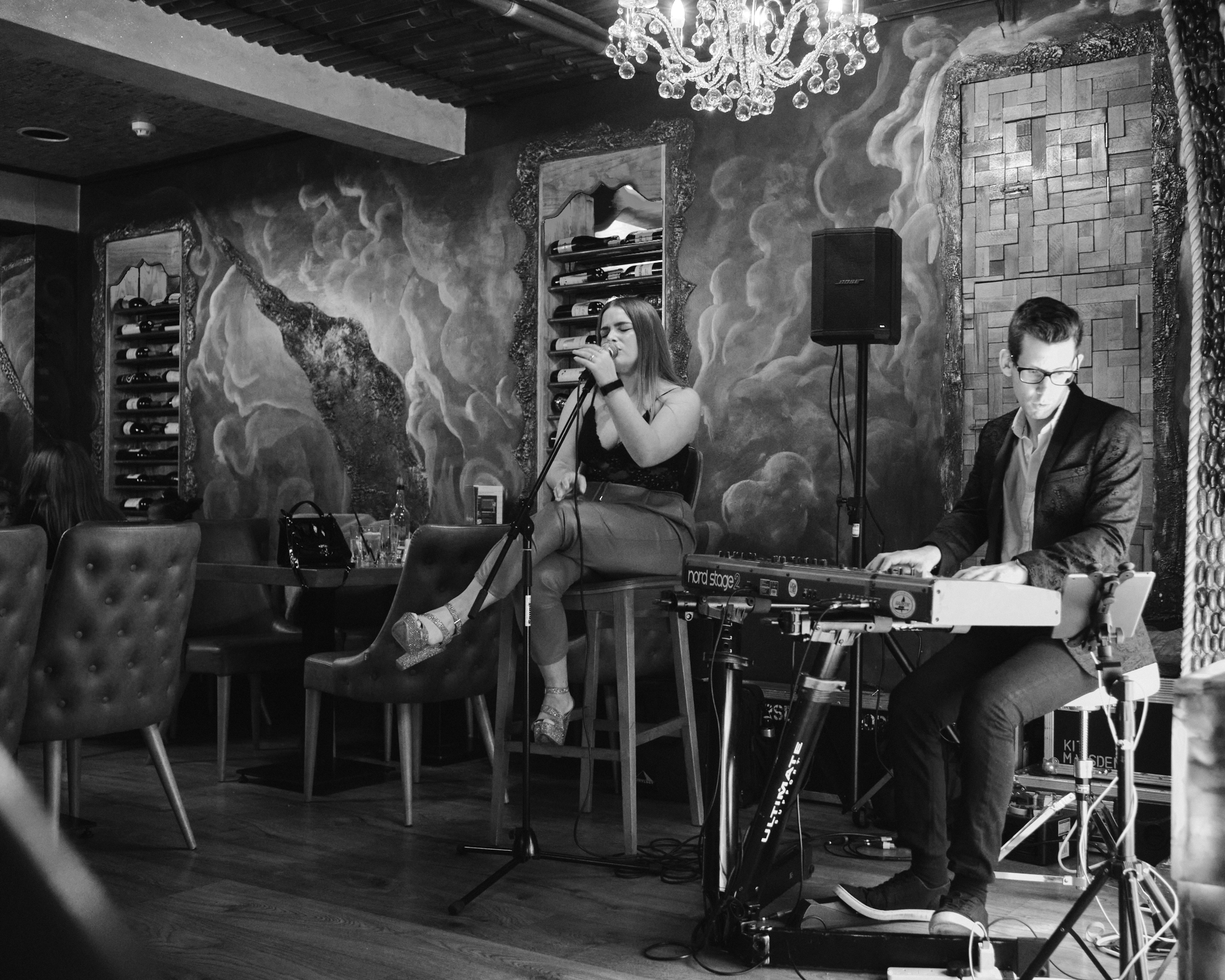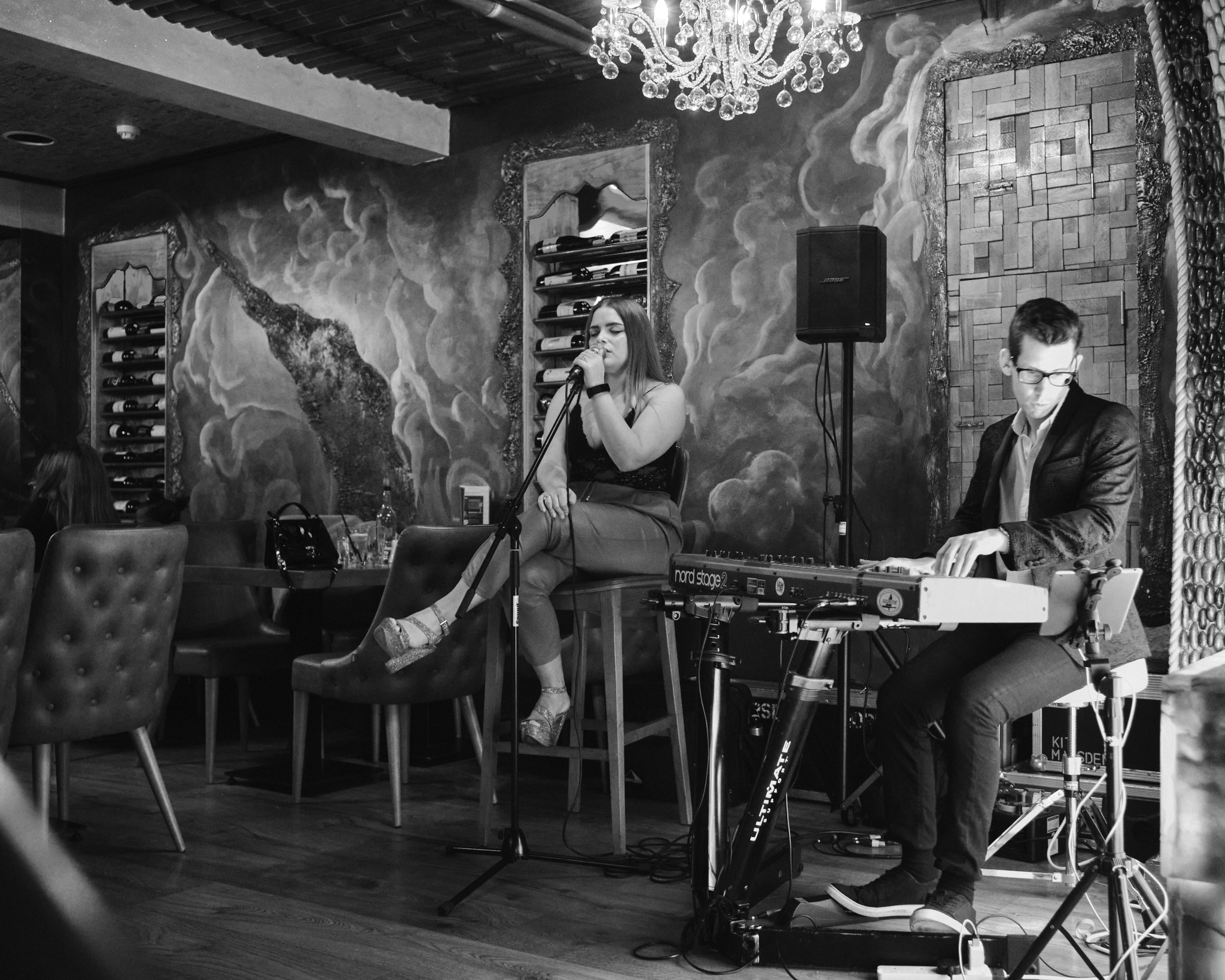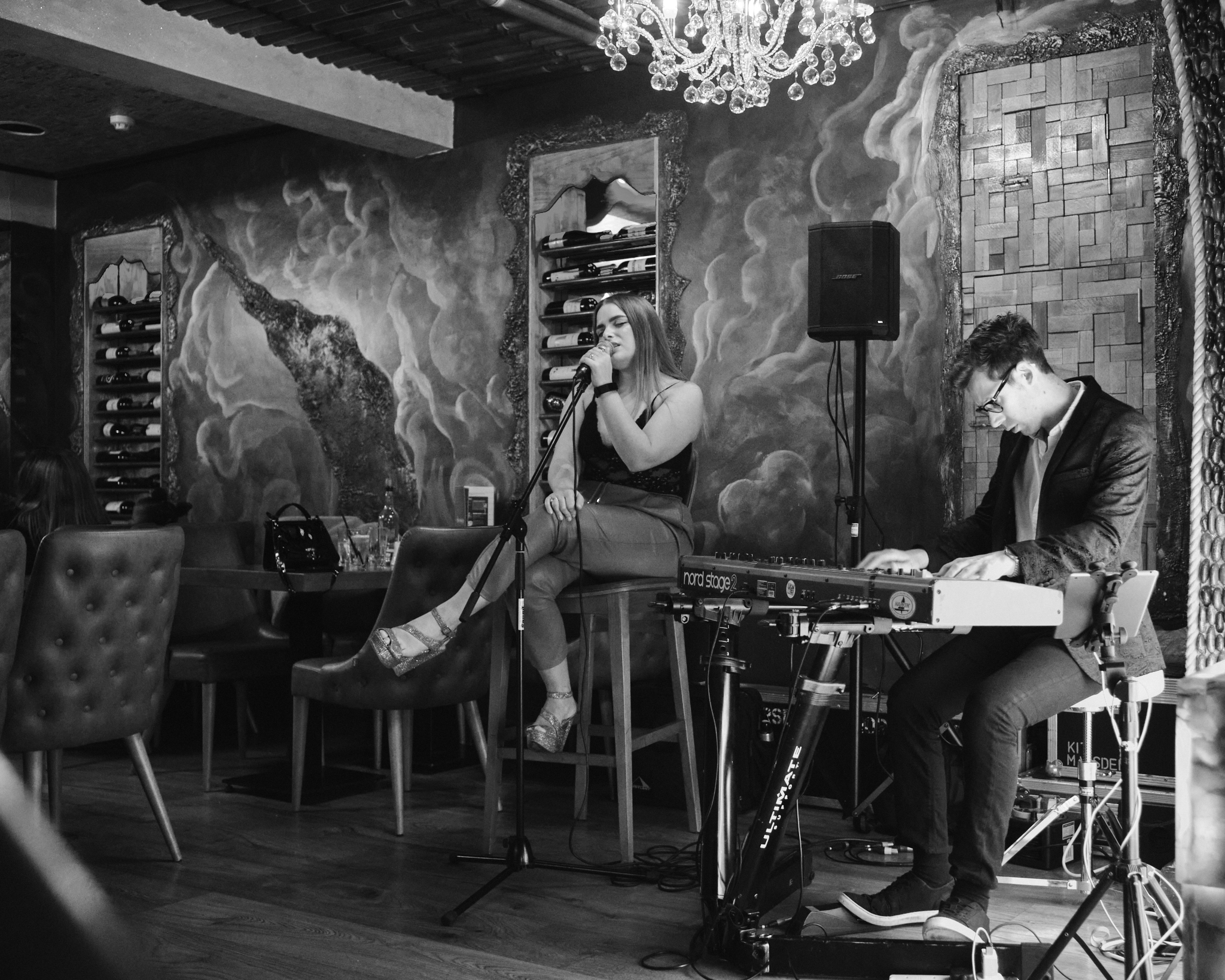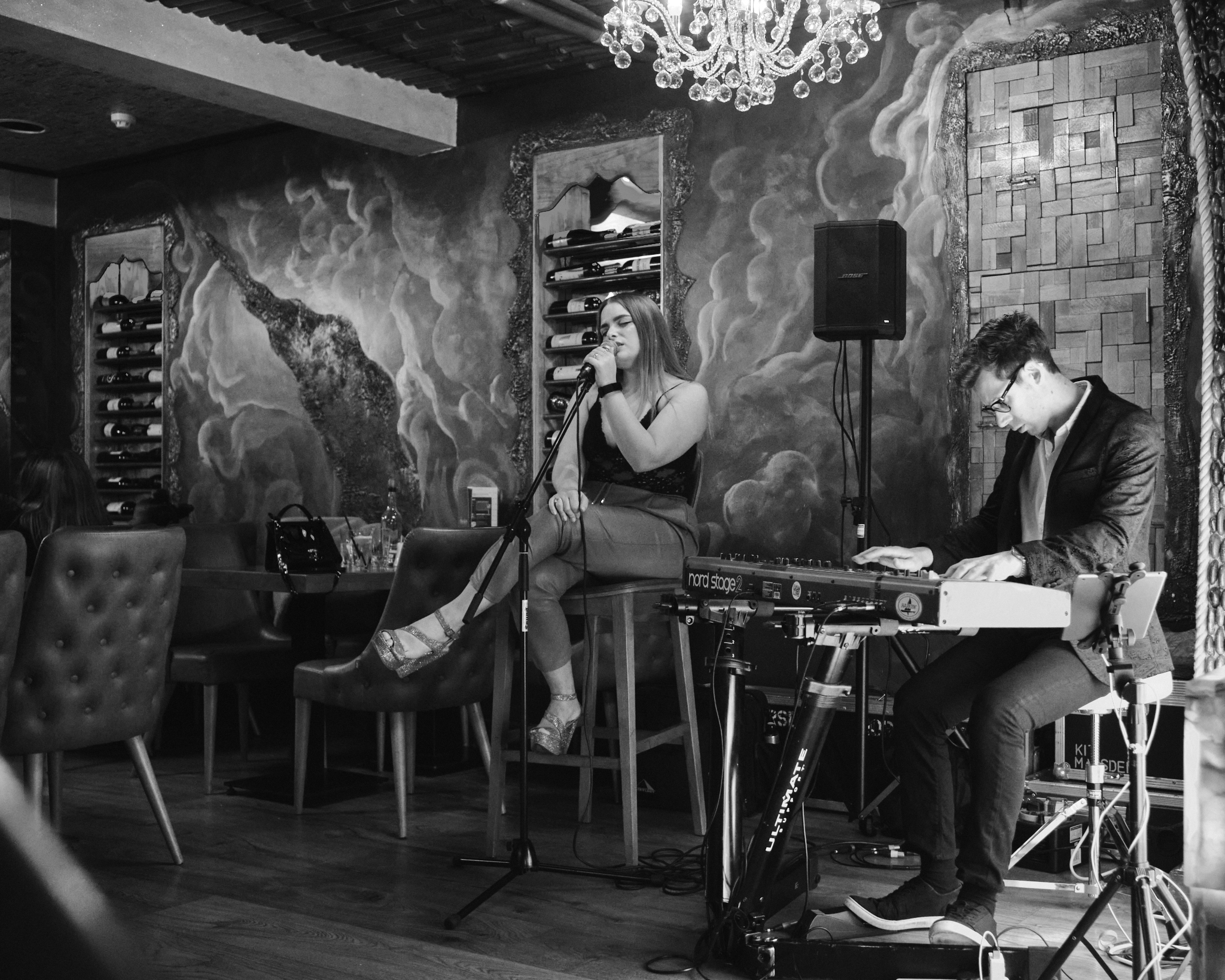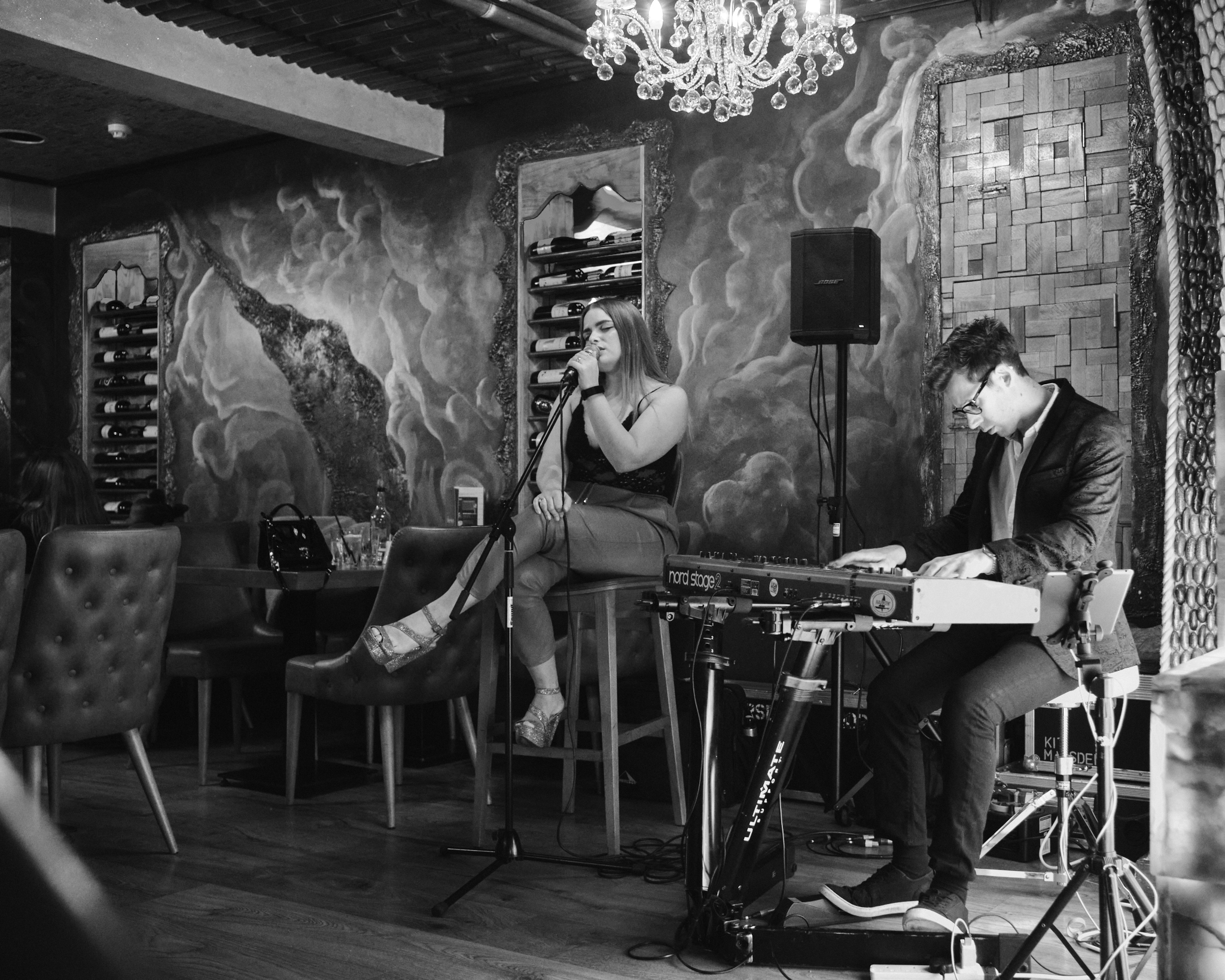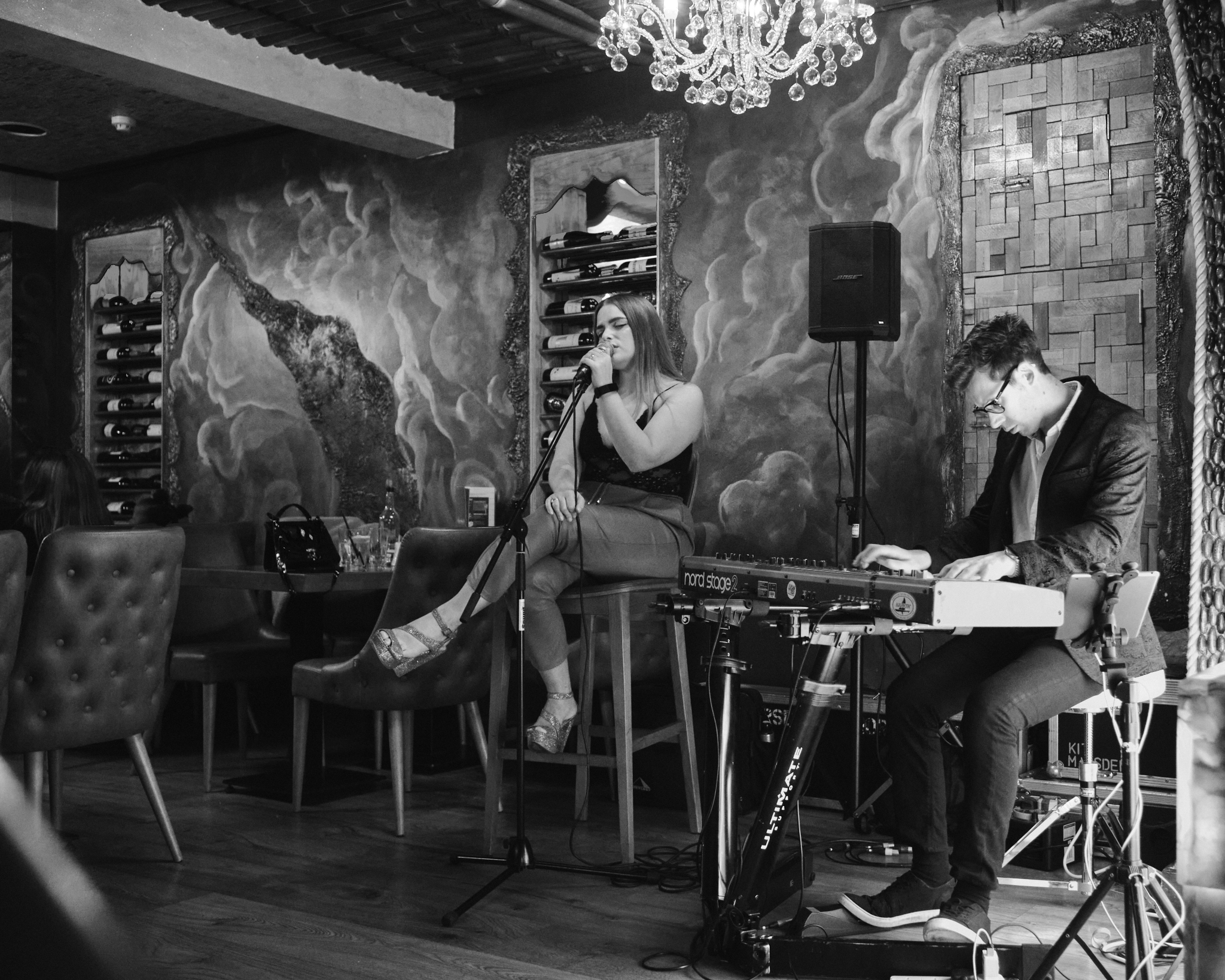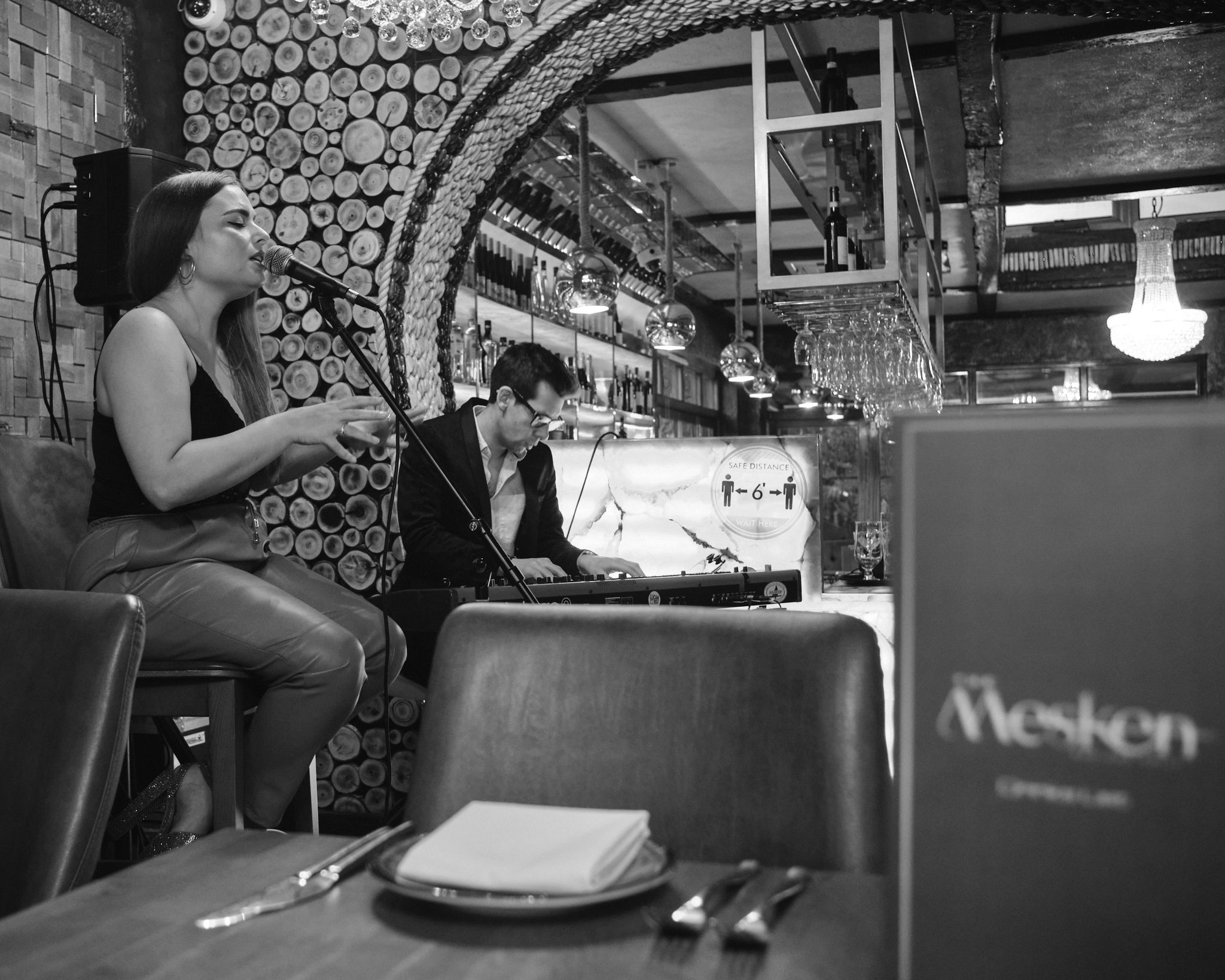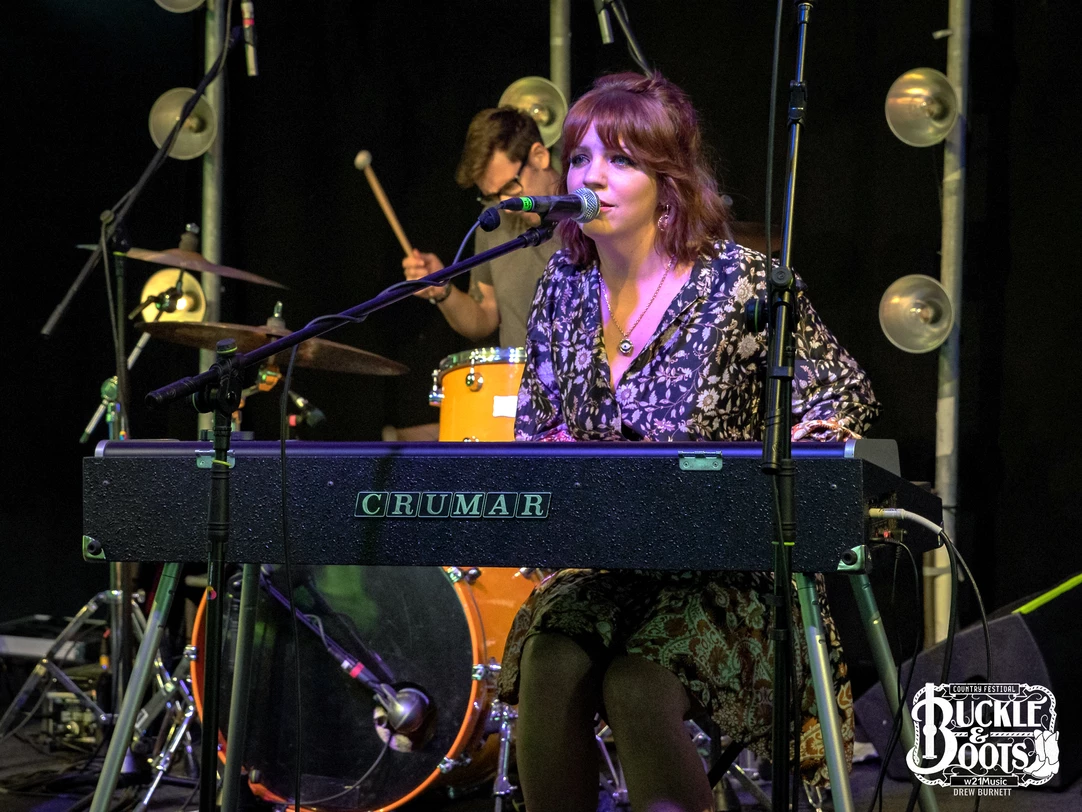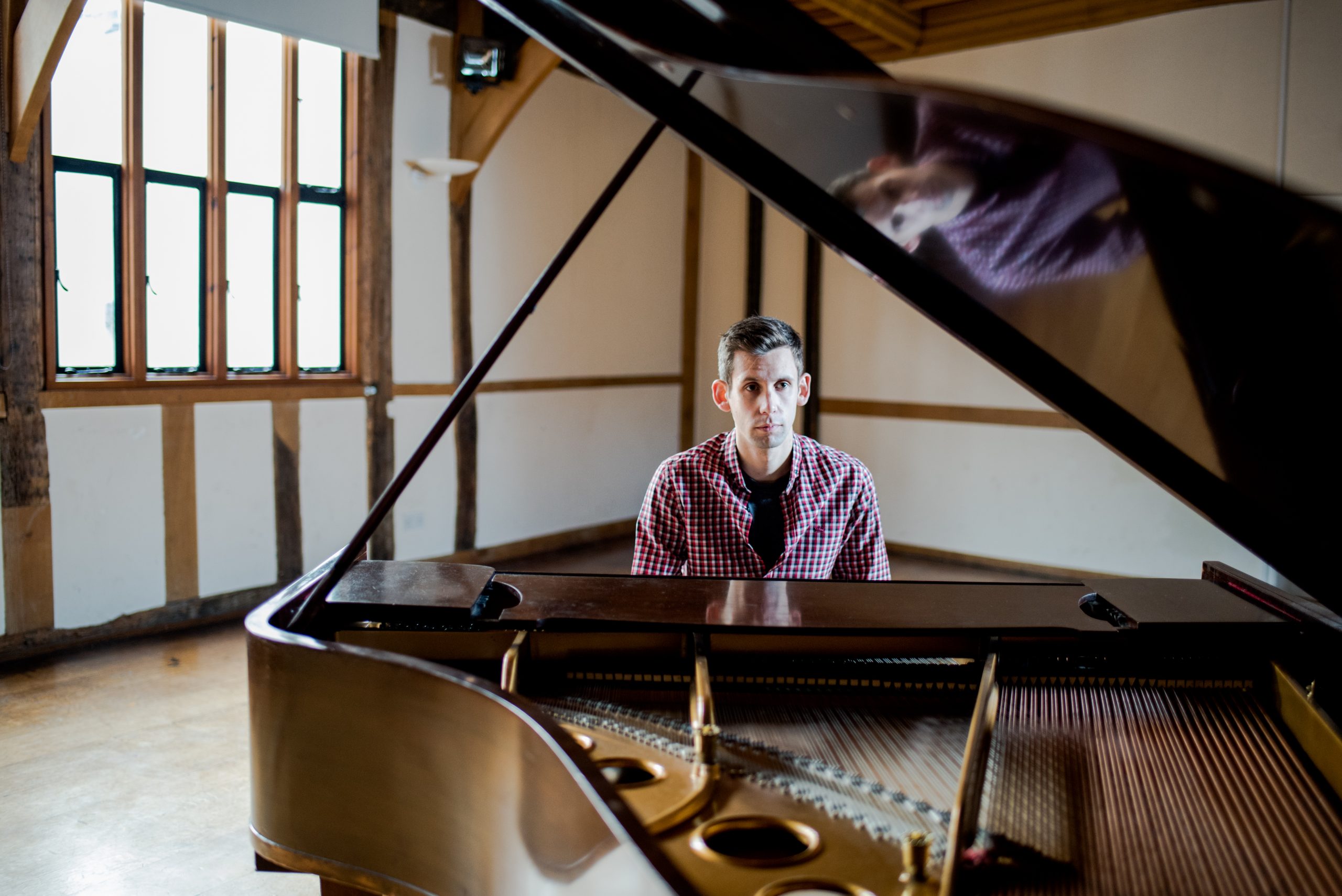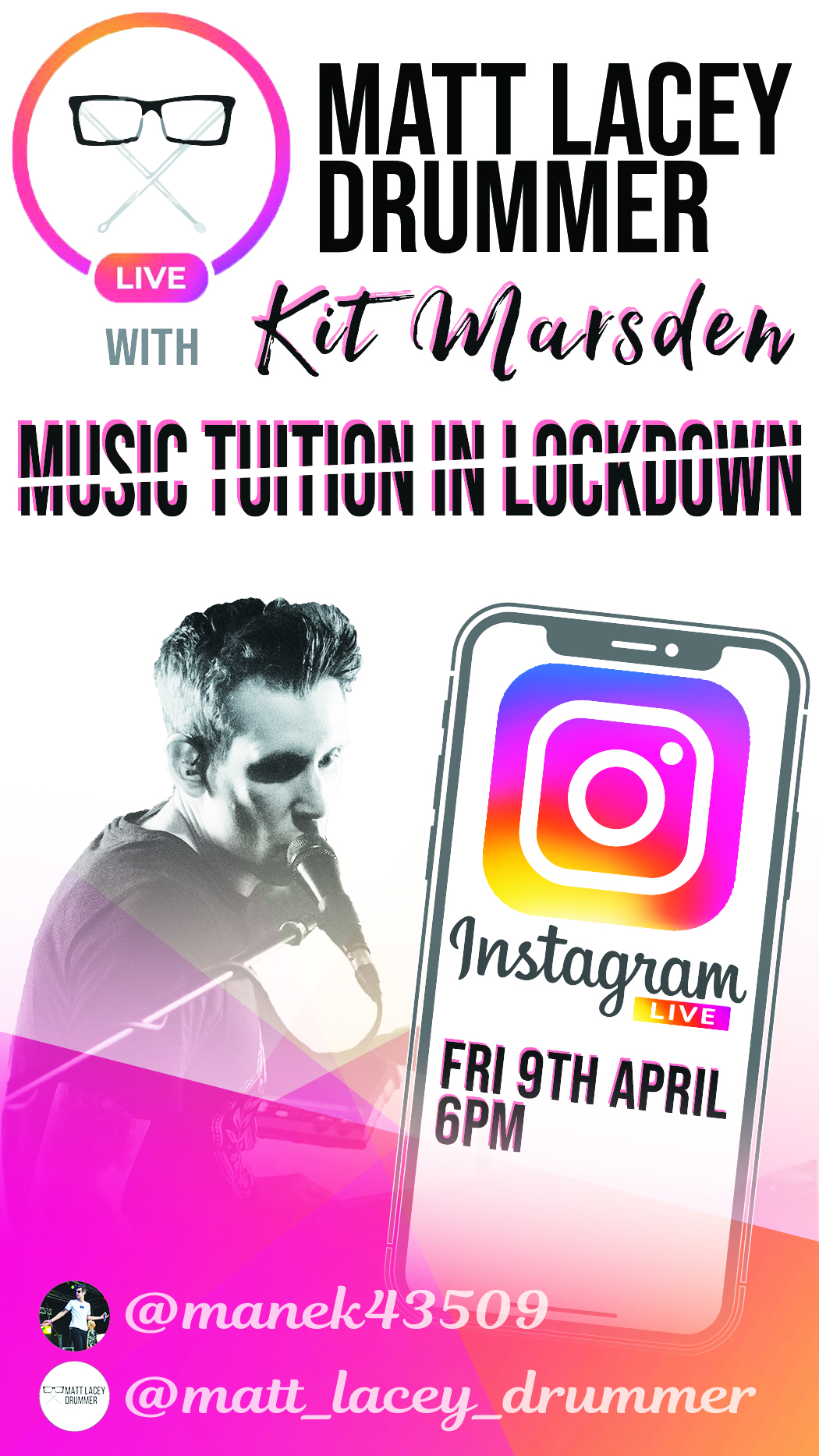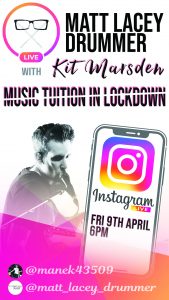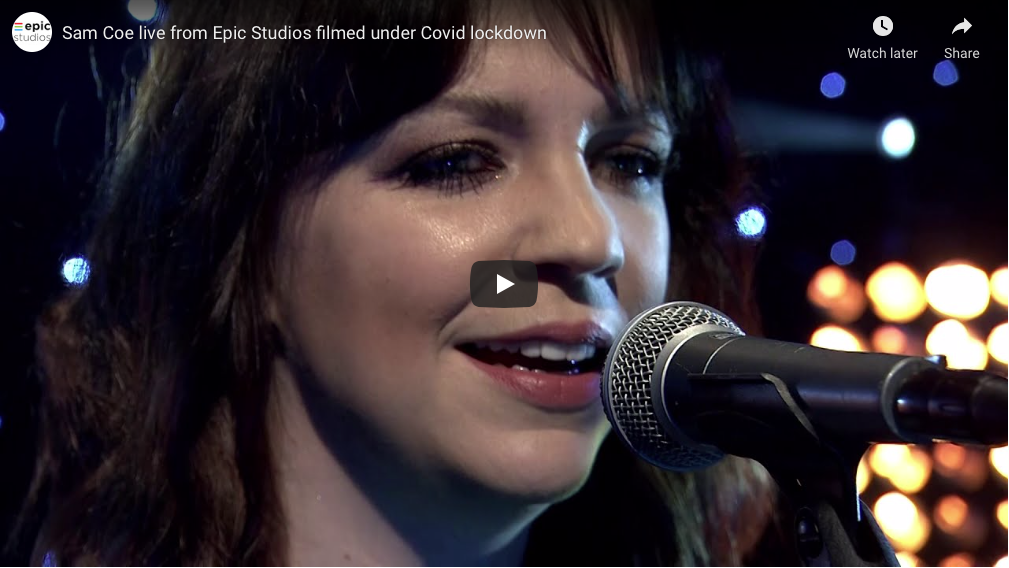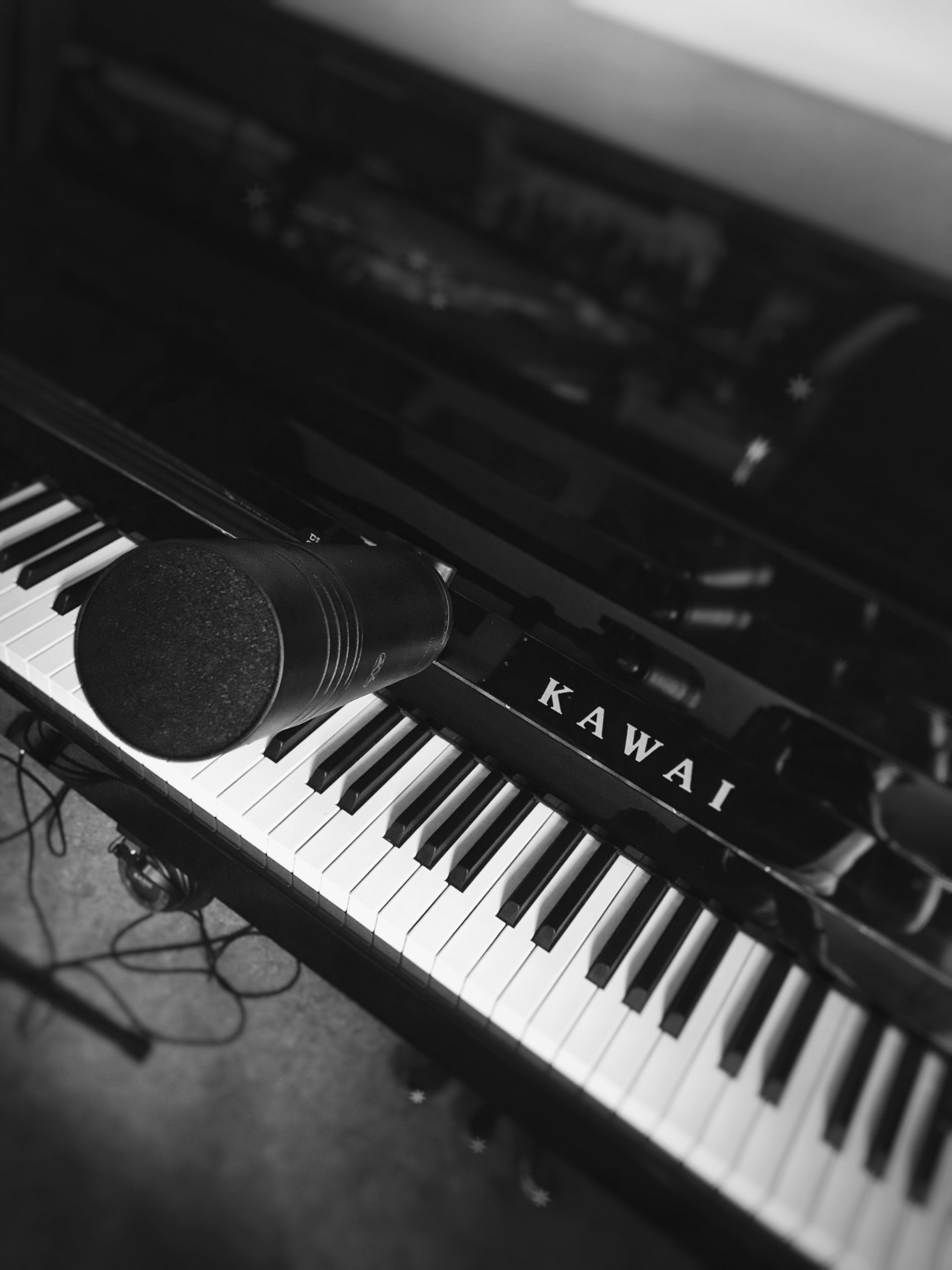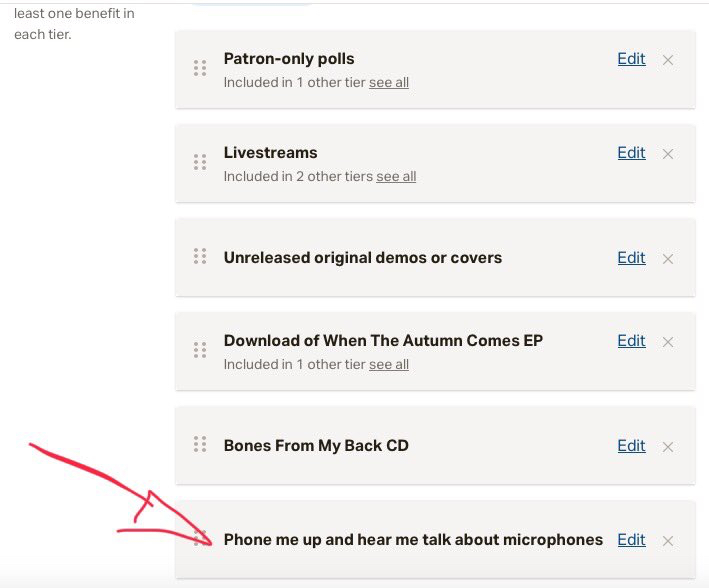-
Very excited to reveal new promotional material for 90s Jam for 2022, showcasing four of the smash hit 90s dance tunes from our exciting and energetic 90s experience show. We can’t wait to get back out on the road again in 2022, and we are already looking forward to a great year of gigs all over the UK!
We had an absolute blast making our new promo video at Heat nightclub in Sleaford with the guys from PX Productions, and I am so happy with how all the footage and and photos turned out from the day’s shooting.See you all on a dancefloor somewhere soon!

-
After a very difficult couple of years for the music industry and for our fans and supporters, I am looking forward to getting back out on the road more and seeing my students in person throughout 2022.
I’m very excited for the new year and I hope to see you all again soon!

-
Some wonderful photos by Jae Storer from last week’s chilled-out restaurant set at The Mesken Hutton, accompanying Jade MayJean.
I loved working in this lovely, atmospheric venue, playing stripped-back covers and jazz standards alongside such a brilliant singer as Jade.

-
Really lovely to have such a glowing review from Chris Farlie – writing for w21Music – of the recent set I played on drums with Sam Coe at Buckle & Boots festival in Stockport. Chris seems to have been particularly taken with the volume and intensity of my drumming, as that enjoys several specific mentions in his article!
With a limited sized band today would not be the full “Comeback Queen” wall of sound experience but make no mistake this would be one of the most explosive 30 minutes that the Paddock Stage would see all weekend. Commencing with a thunderous drum intro and some heavy bass, the was the start of “Hard Time”, it was deliciously noisy and full of attitude – surely that drum kit would never be hit as hard throughout the whole weekend!
Chris Farlie for w21MusicI always enjoy that I get to play so ‘big’ when I work for Sam, as she and her producer Kevin both like to feel a lot of weight in the groove. The set we did at Buckle & Boots on the Paddock Stage was the first time I had got to play this material since Christmas, so it was a lot of fun to be let loose on it again.
The gentle keyboard intro to “The Truth” gave little indication of what was to come, This ballad came with drumming that was heart stoppingly loud and probably should have a health warning attached to it. All the while Sam laid down a vocal that veered between being breathy and quiet to being expressive as she wandered up and down the scales in impressive style.
Chris Farlie for w21MusicMy next appearances with Sam Coe and her band are Saturday 2nd October for HarFest at the Norfolk Showground, and then at The Waterfront Norwich on Sunday 14th November.

-
Practice makes perfect has always been a cruel lie; not only is ‘perfection’ in a musical performance physically unattainable, it isn’t even especially desirable. That so many music students appear to have internalised this unhelpful little platitude is becoming a source of great distress for me, as it actively hinders their journey learning and growing as musicians.
The poet Sarah Kay wrote that ‘Practice does not make perfect; practice makes permanent’. In other words, it is just as possible to practise mistakes into your playing as it is to weed them out. However you play every single day – whether good or bad – ends up becoming ‘permanent’.
Practice does not make perfect.
Sarah Kay, Postcards
Practice makes permanent.
Repeat the same mistakes over and over and you don’t get any closer to Carnagie Hall, even I know that.
Repeat the same mistakes over and over and you don’t get any closer! You never get any closer.At its heart, practising is an exercise in forming habits. The repetitive nature of practising a piece of music means that whatever you do over and over eventually becomes automatic (or ‘permanent’) when you sit at the instrument – including mistakes. In music, as in all areas of life, it is just as easy to form bad habits as it is to form good habits – sometimes, sadly, even easier!
This is why consistency is so crucial when you are working on something you’re learning. Getting it right once doesn’t really count for much, especially after a hundred times of getting it wrong; I think if you’ve been consistently getting something wrong in practice, that can feel very frustrating – and then you finally play it correctly, and that is such a relief! Finally, after trying so hard, I’ve nailed it!
But statistically, the good version was the aberration; the version with mistakes was the norm. Thinking of practice in terms of building habits which become automatic in your playing, which version is likely to come out next time you sit down to play this piece? Probably the one with the mistakes still in.
I’m sure many of my students would be familiar with the model of working on a challenging bar or phrase whereby you aim to play ten good versions in order to consolidate what you’ve learnt. You start on zero and play the bit which has been causing you difficulties; if you’re happy with it, you add one (and you only have nine more to do to reach your goal); then you play it again and if you’re happy with that one you go up to two (eight to go); and if the next one doesn’t go well, you take one away and go back down to one (nine still to play). When you finally reach ten, you’ve actually played that far more than ten times correctly – but the actual numbers don’t matter so much as that you’ve played more good ones than bad ones.
Of course, this approach is hard, methodical and detailed, and requires both determination and focus. But that is the difference between practising and simply playing your instrument.
Which is why the other side to that coin is knowing when to walk away. No system should be so rigid and inflexible that it can’t be adapted to circumstances, and if you find yourself wallowing down in negative double digits, getting more and more despondent about the fact you now have to play this particular bar thirty-six times correctly to reach your goal of ten, that is probably a good time to leave it be and have a bit of a reset.
It’s very easy to get into a rut when you practise, especially if things aren’t going well. The more mistakes you make, the more frustrated you get, which means you lose precision and focus in your playing, resulting in making even more mistakes, and also yet more frustration, and round and round again… That is a spiral I have seen many, many music students get sucked into over the years, as well as having experienced that myself plenty of times. Once that cycle takes hold, simply ‘playing it again’ – clenching your jaw, and thinking I’ll get it right this time! – isn’t going to help much. With frustration building and a negative mindset, the chances are it will just go wrong again – which only serves to make you even more disheartened about the whole process, and further cement those mistakes as habits baked into the way you play.
Never be afraid to end a practice session without having achieved all your goals. That doesn’t mean the goals aren’t important, or that we change or abandon them when they’re too hard – it just means that things don’t always come good right away, and sometimes the timescale required for success is longer than we had anticipated. Far better to walk away from a half-finished goal – clear your head; get a glass of water; relax; reset; and come back to it that evening, or the following day, with a fresh mindset and a positive attitude – than it is to hammer away at it when you’re not in the right headspace to achieve success, ending up actively making your playing worse and your enjoyment of music less. The goals are still there waiting for you when you return to the instrument at a later point – and you can build on the progress you started before, rather than trashing it with negative energy, helping to build good habits mentally as well as in your technique and musical understanding.
Returning to practice makes perfect; music is not about playing ‘perfectly’, it is about making people feel something – going on a journey, performer(s) and audience together, through music. Chasing perfection is the most damaging of all the bad habits we can form in our practice, creating tension and frustration where there should be freedom and enjoyment. When you set the bar as unattainably high as ‘perfect’ every time you sit down to play, you set yourself up to fail, as the slightest slip in your playing means you have fallen short by your own definition – that is not a healthy way to experience music (or anything much, really).
Every time you sit down to practise, make a conscious effort to try and internalise good habits and a positive mindset, and resist forming bad habits and chasing the siren call of ‘perfection’ in performance.
For a more detailed and expansive look at the psychological side of this, I highly recommend Murray McLachlan’s The Psychology of Piano Technique.

-
The full-length version of my joint Instagram Live with Matt Lacey, talking about our experiences of teaching drums during lockdown over the past twelve months and what we can take from this period as tutors as we start to return to normal.

-
I’m very excited to be joining a friend and fellow drum tutor Matt Lacey for an Instagram Live discussion about our experiences of teaching music lessons during lockdown.
The lockdown and the school closures have been extremely tough on music tuition, but these last twelve months have also presented plenty of opportunities for those of us who teach music to learn and develop as educators. I’m looking forward to this live video forum on the topic, and to having the chance to talk through my experience of the pandemic as a music tutor, and how I have tried to keep momentum and motivation up whilst providing the best possible experience for my students throughout very challenging circumstances.
Please do tune in on my Instagram, on Friday 9th April at six o’clock.

-
I had the great privilege of playing drums for Sam Coe on a closed video session conducted under COVID restrictions at EPIC Studios just before Christmas. The video shoot was a pre-record of a live performance for the Americana Music Association‘s January awards show night, which this year was an entirely online event.
With the AMA Awards now having been broadcast, EPIC Studios have published the full length performance on their YouTube channel this week, and I am very excited to be able to share that with you here. I was really proud to get to be a part of this, and I think the look of the video and the sound we achieved with the drums and with the band overall is absolutely first class.

-
I am returning to the idea of uploading regular ‘practice diary’ videos on my Facebook Page during the latest lockdown period this January.
The idea is (as I explain in the video) to demonstrate the practice techniques I always talk about with students in ‘real life’ scenarios, and show how practice as a concept is applicable to all stages and styles of learning music. Hopefully that will be helpful to some people in modelling good practising whilst we are all stuck at home with nothing else to do!
I’ve decided to take a slightly different approach to my practice this time out, and focus on skills I have neglected – or never even had! – rather than just picking a piece of piano music again and learning that in front of that camera. The first video shows me beginning to learn a simple folk tune on the accordion – an instrument I have often wanted to learn to properly, but have never quite got around to until now. Of course there will be plenty of mistakes and lots of poor technique along the way! But that is the point; mistakes are learning in action, and the idea of opening up my practice for the world to see is so everyone can understand how that process works.

-
This year has been tough in all sorts of ways. Playing music is all I have wanted to do, since I was a kid. I spent my early teenage years dreaming of being a session musician – going out on the road, playing on records, working for different artists and producers. It’s been nearly fifteen years now, and that’s been going pretty well.
But 2020 has really knocked me sideways. I’ve struggled a lot with the lack of gigs, being at home so much more, and the uncertainty of the whole situation. I’ve kept myself as busy as I’ve been able to with remote studio session work and online music tuition, but I have missed playing shows so much and working with other musicians in amazing venues around the country.
I’ve tried to channel some of that energy (and extra time at home) into writing more original music – and last month, I released my solo EP When The Autumn Comes, the second record I have released under my own name. They were songs I had started writing over the last few years and never got around to finishing properly, and it felt good to finally send them out into the world. I’ve enjoyed the process of working on the songs, but promoting the record and trying to act like ‘an artist’ has been a bit more of a sticking point for me.
I’ve never really seen myself as ‘an artist’. I have always been someone who works for artists; never in the spotlight myself. With Covid-19 restrictions still biting, and gigs vanishingly thin on the ground, I thought I could create a Patreon account like a lot of creative professionals do, to try and gain a little bit of extra income – but in all honesty, I struggled to take it seriously.
With a few exceptions, session musicians and record producers don’t tend to have their own fanbase in the same way that bands or artists whose names are on tickets and album sleeves do. Who is going to want to pay £5 per month to watch ‘behind the scenes’ content of just the piano parts of a new independent album? Or setting up microphones on a drum kit? This is not the side of the music industry which excites anyone who doesn’t also work in the music industry.
But I have taken the plunge, and created a Patreon account. Feel free to subscribe, if that’s your sort of thing. I also took part in a livestream gig performing two of my original songs a few weeks ago. Although being a session player will always be my primary job, I want to try and feel more like ‘an artist’ in my own right, as well. I don’t want to leave another six years before I release any more of my own music.
I am actively working on writing some new songs, rather than just waiting until I have nothing else to do and seeing what comes to me. I’m going to try to put content on Patreon for anyone who wants to get involved in that – despite the voice in the back of my head telling me no one except my client could possibly care what I get up to in the studio.
I have written before about how important it is to always be adapting and growing as a musician. Some growth feels uncomfortable at the time, even when you know that’s actually something that you want to do. Hopefully, in time, I’m going to be able to feel more like an ‘artist’, and give myself a more regular creative outlet alongside my work playing for other bands and artists as a ‘hired gun’ on the road and in the studio. Watch this space, I guess!

